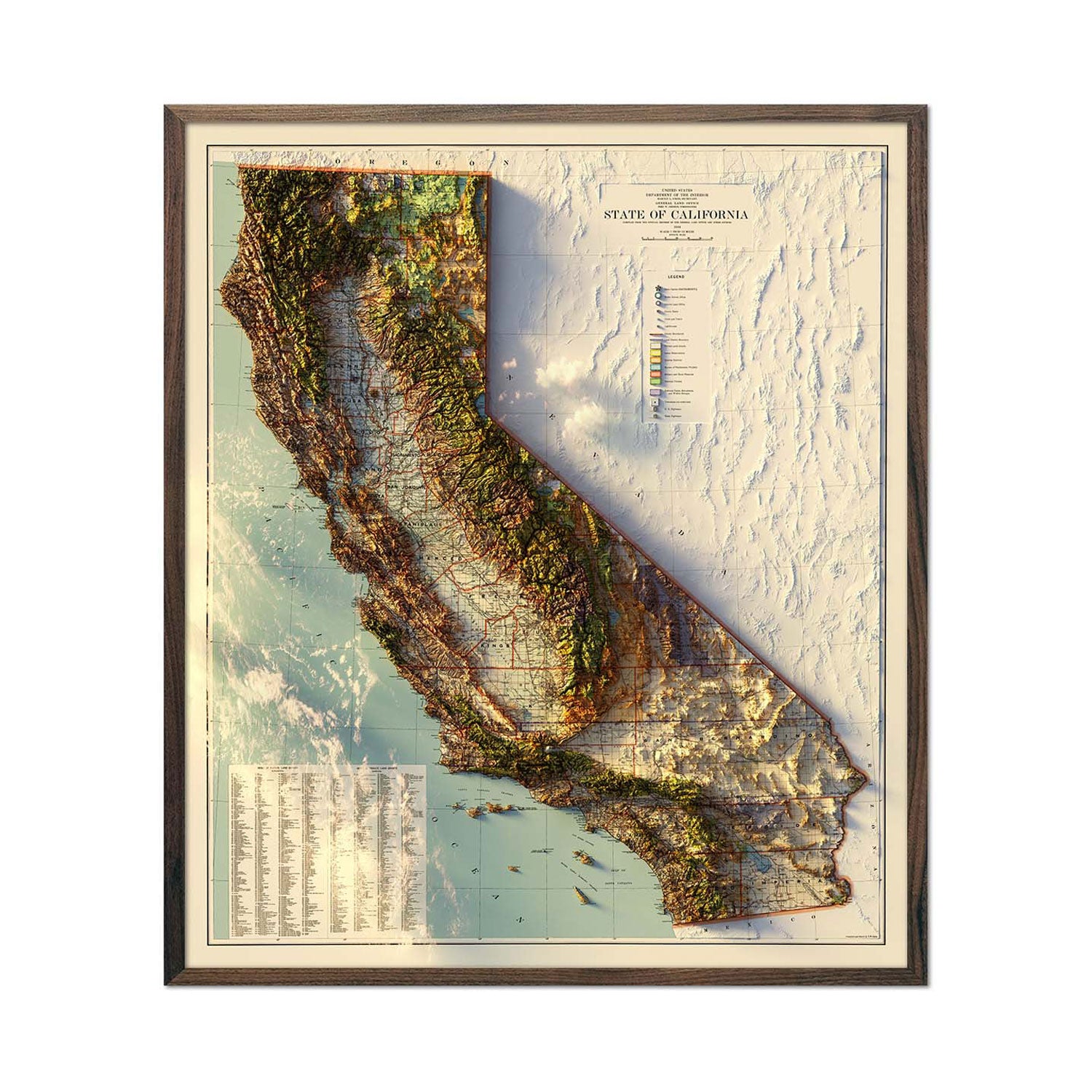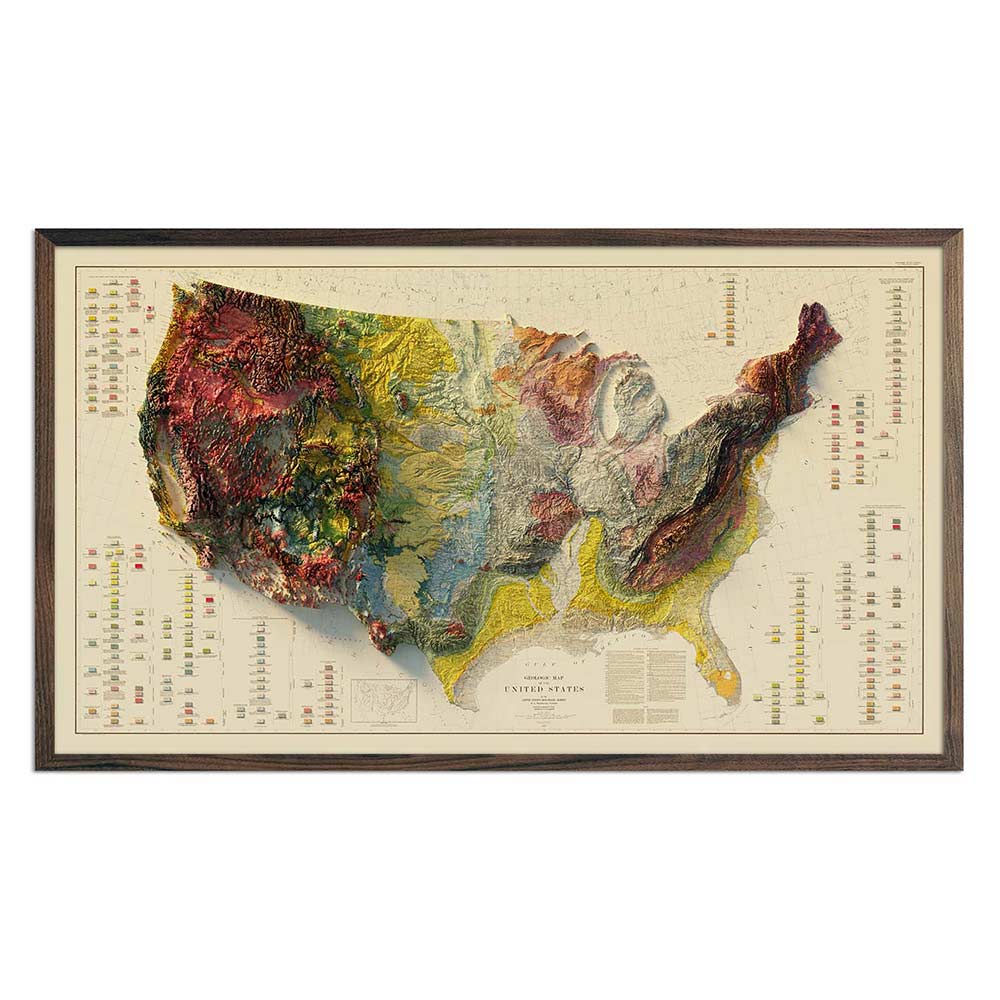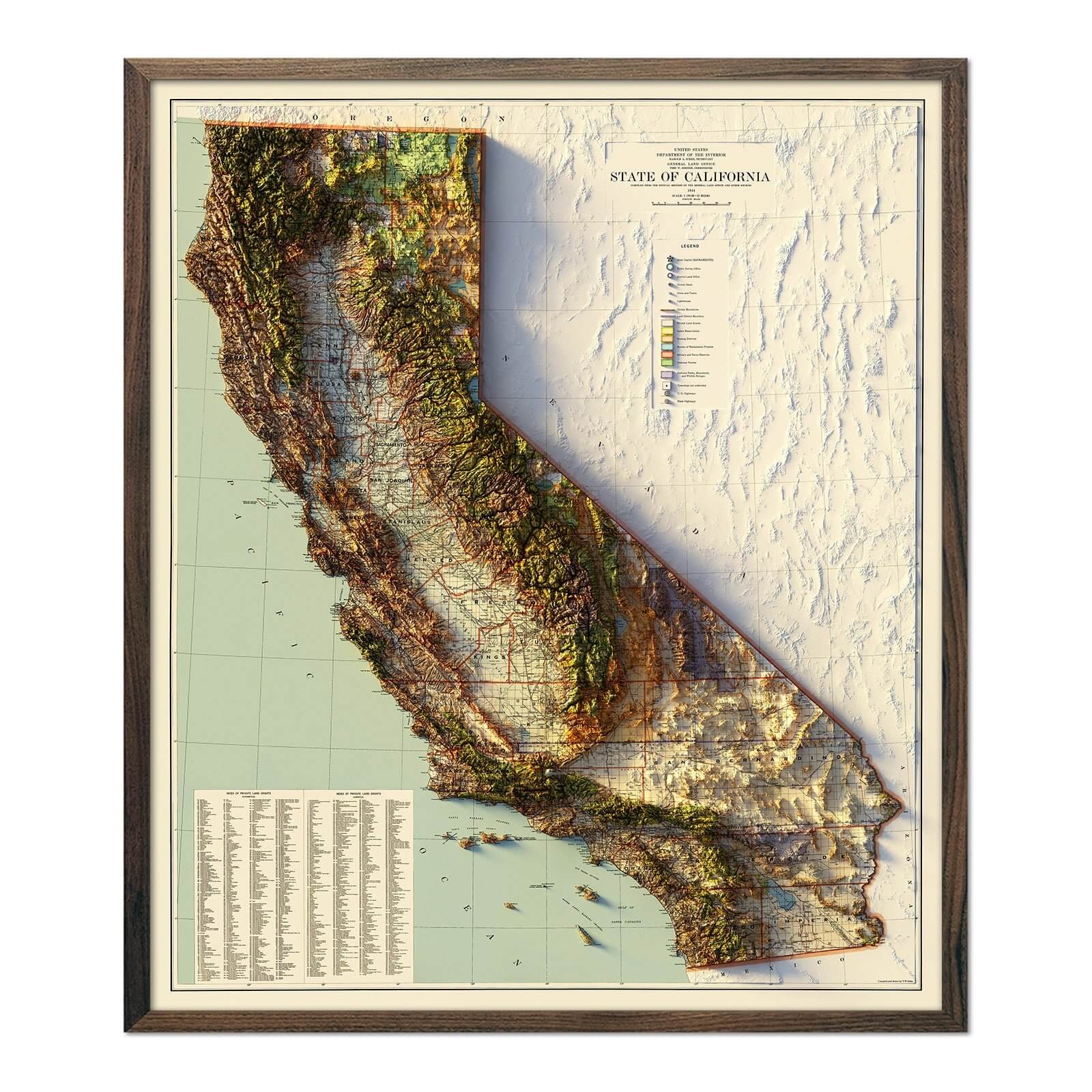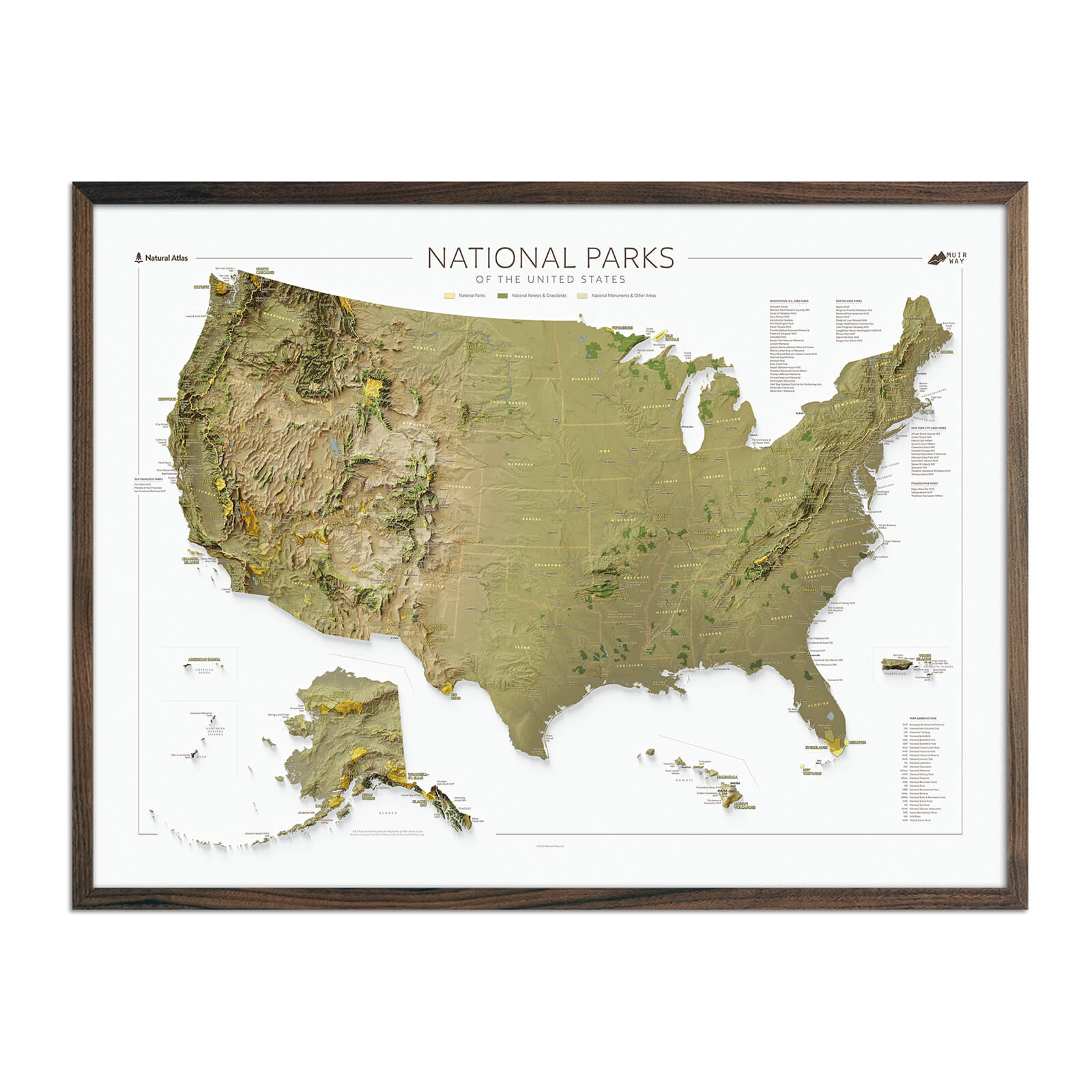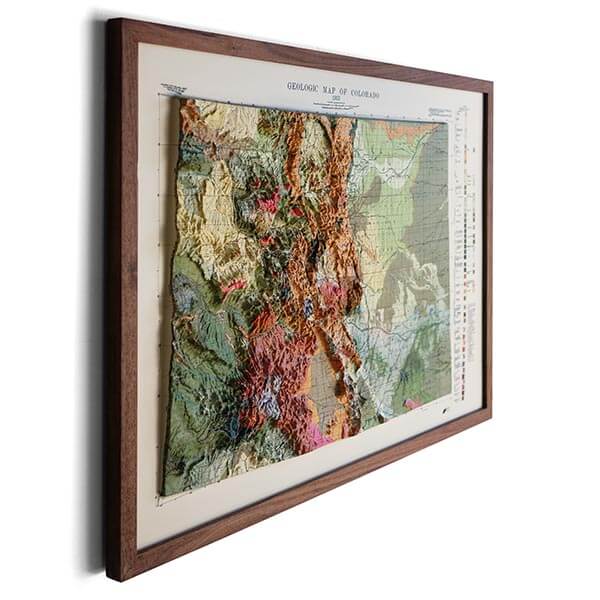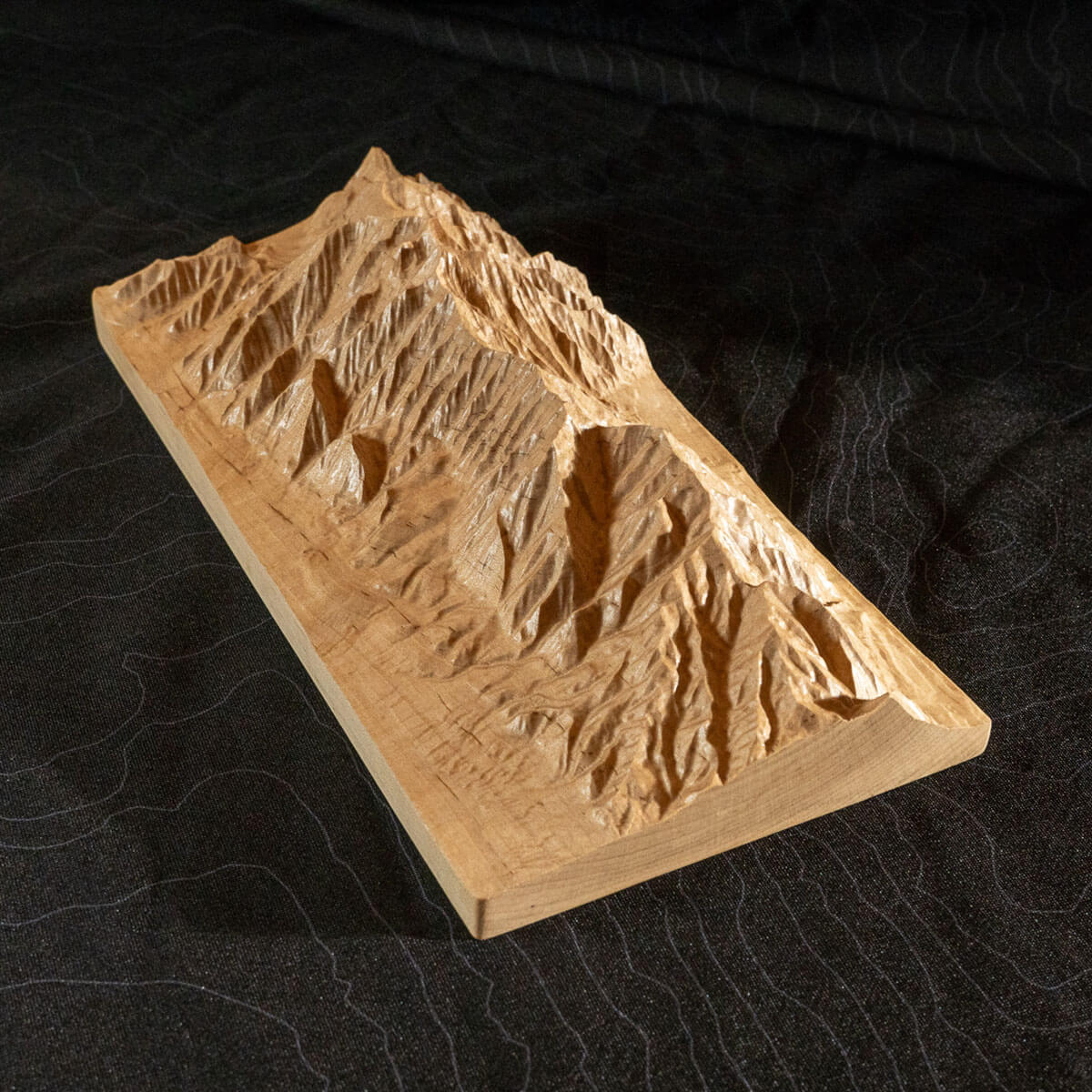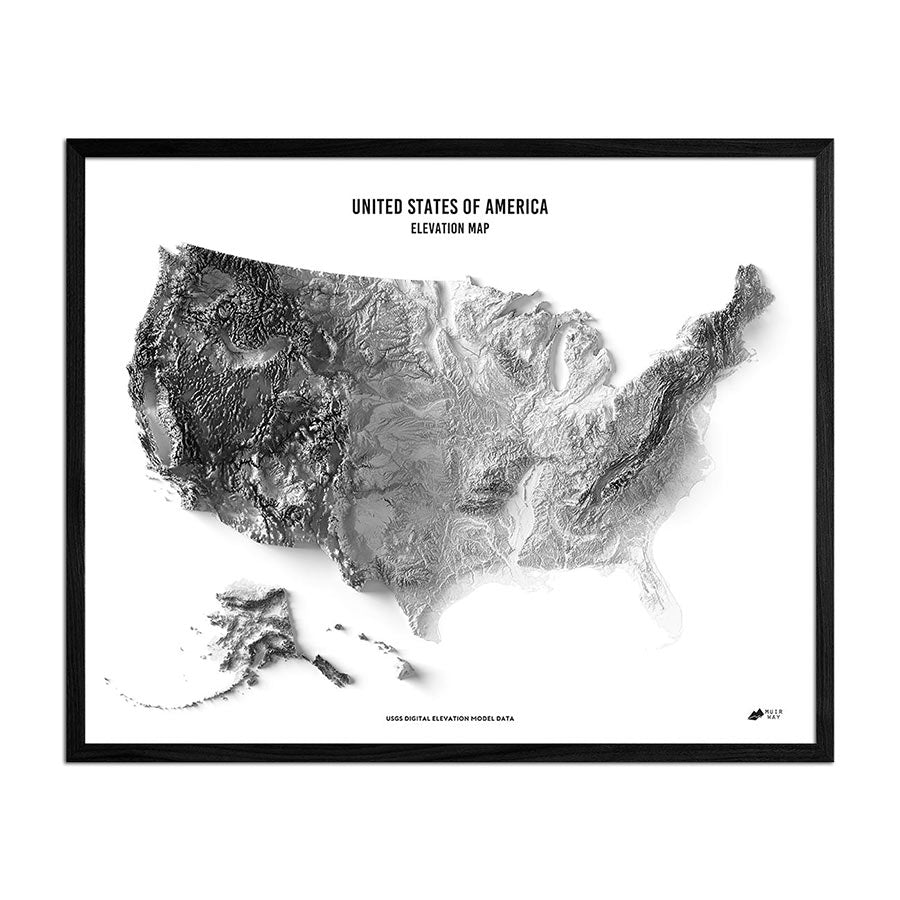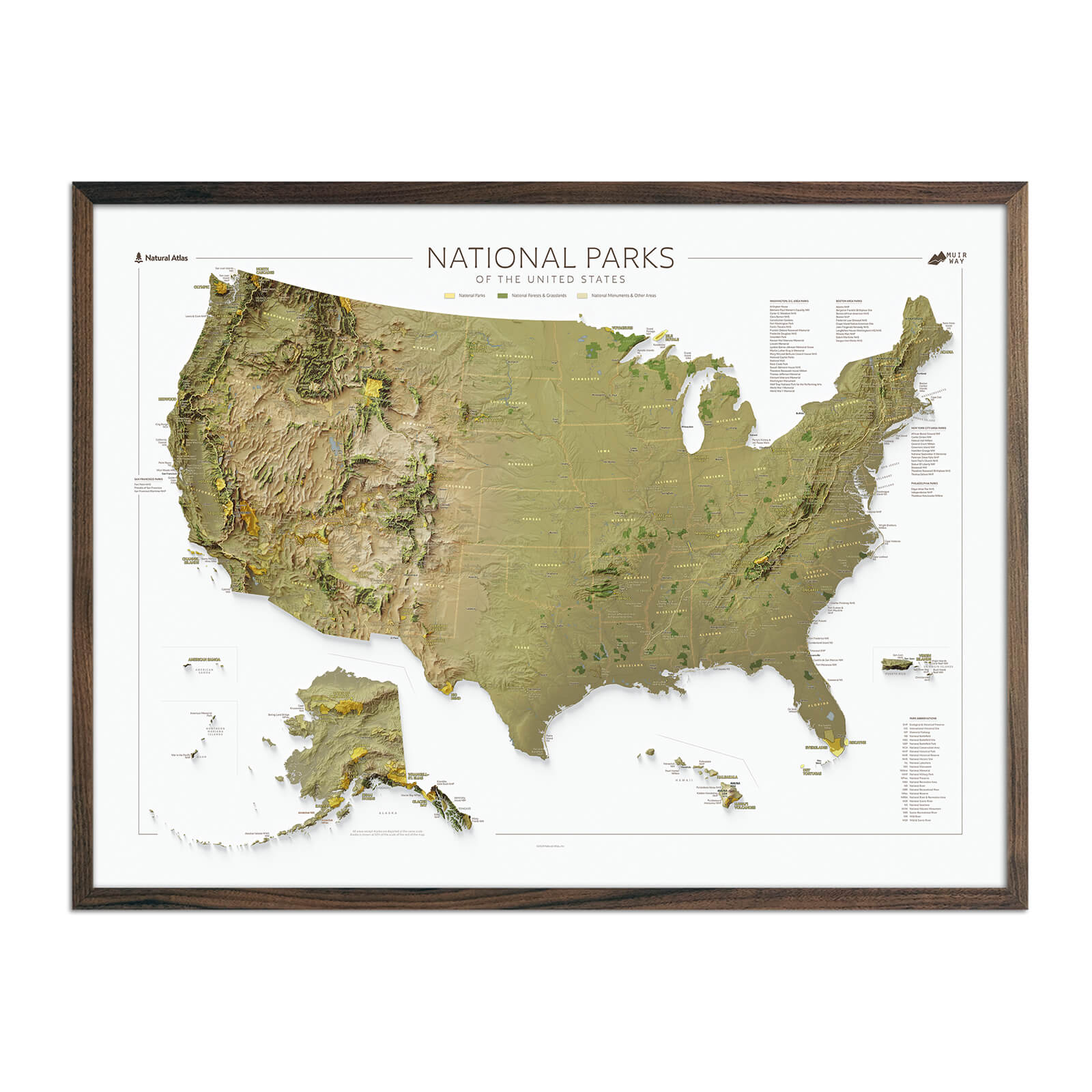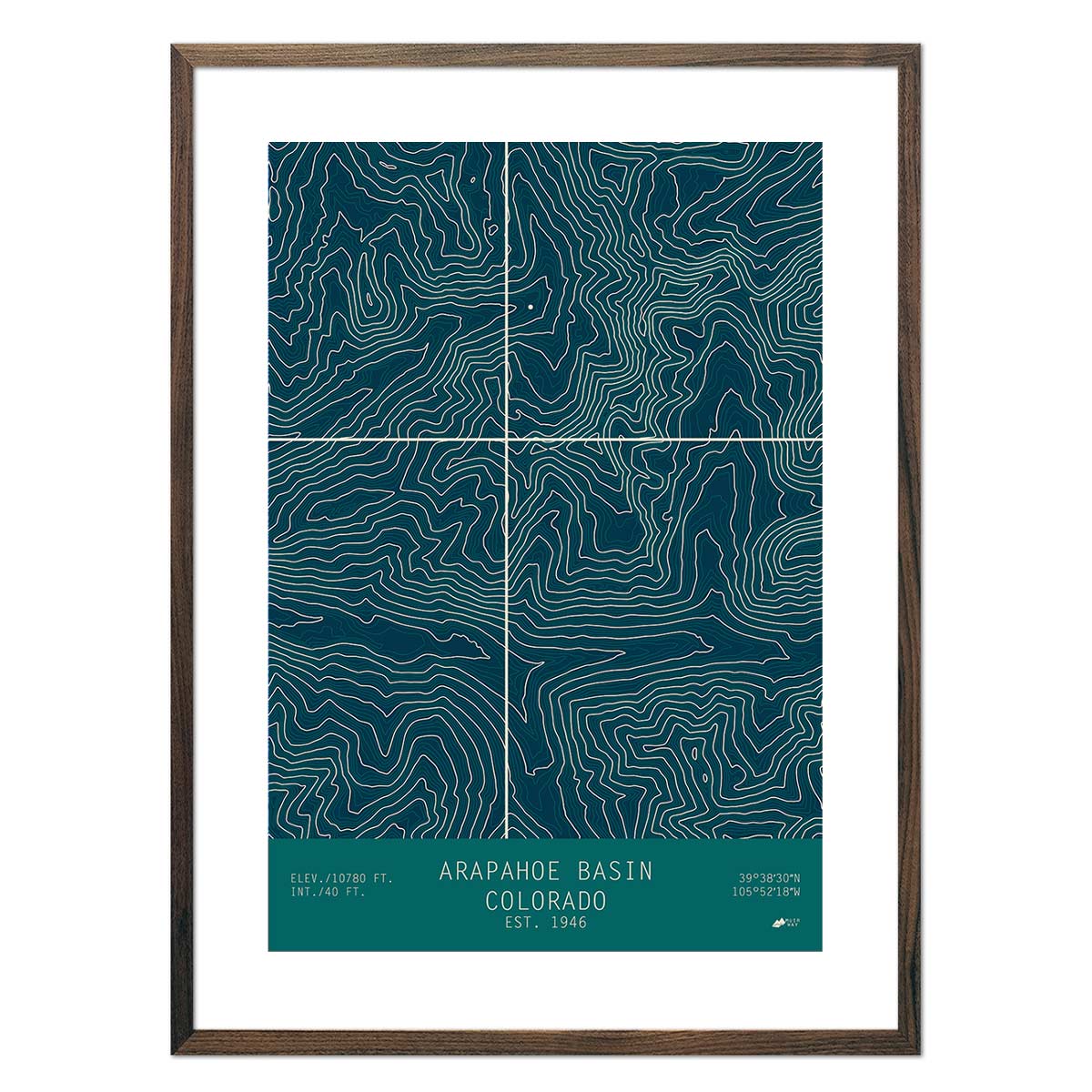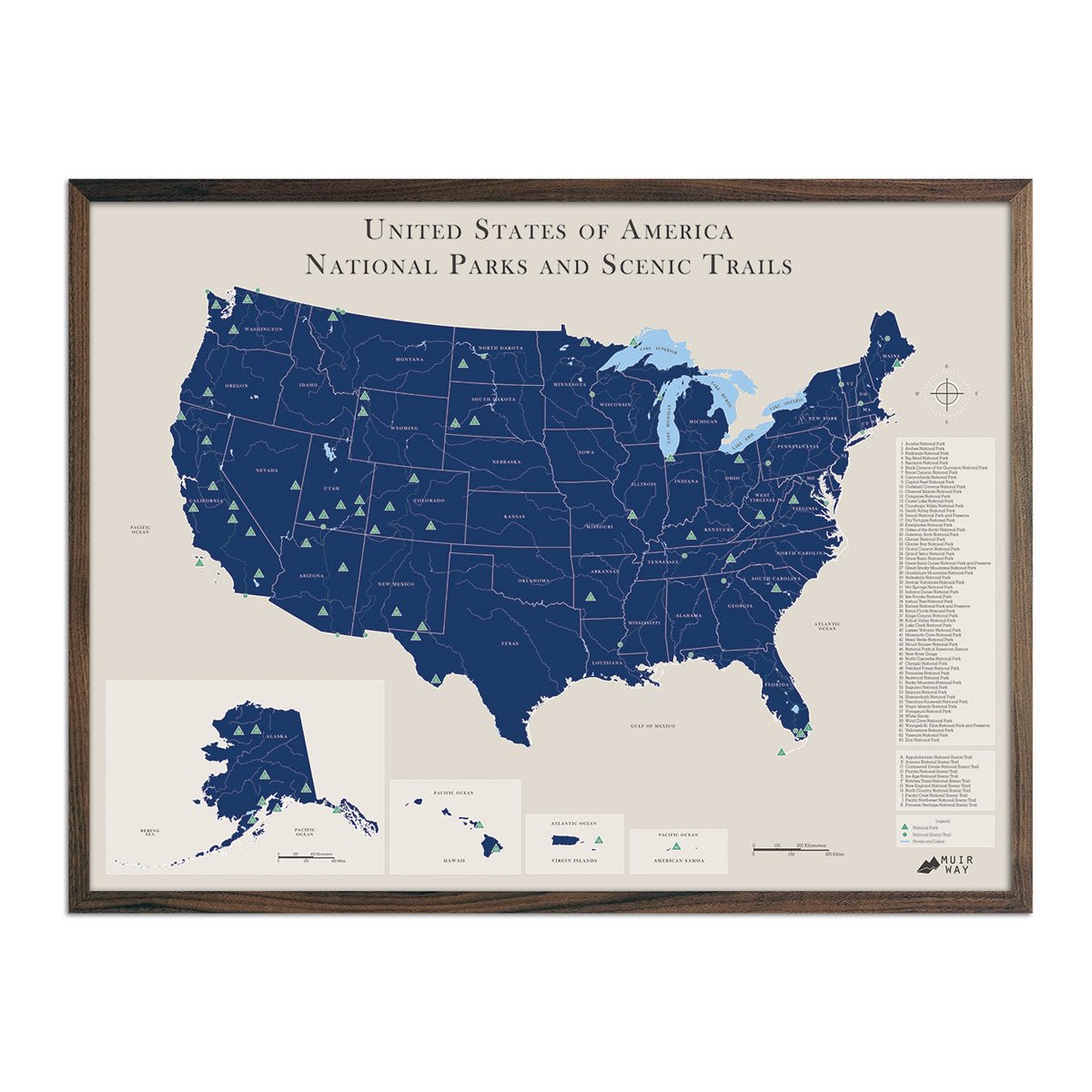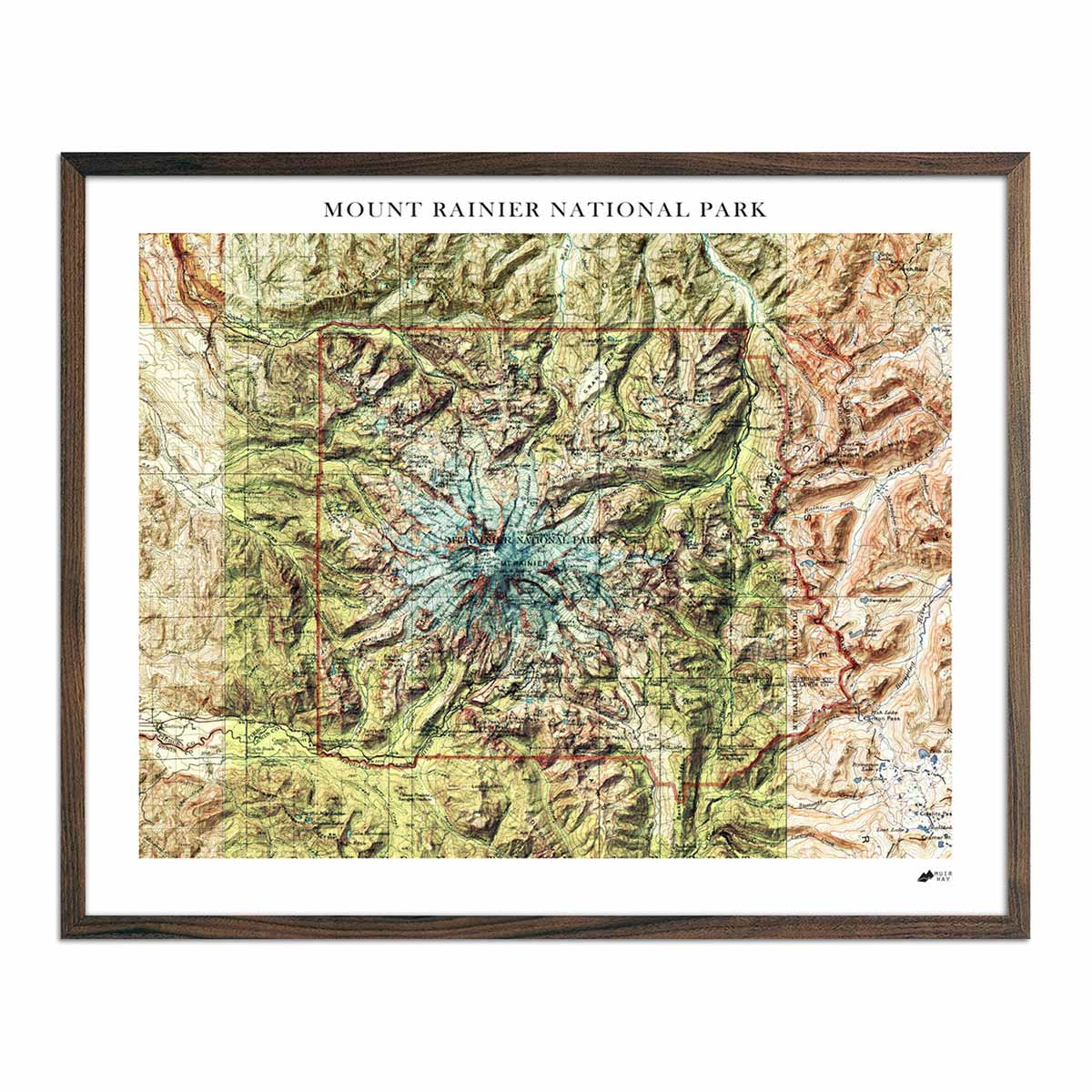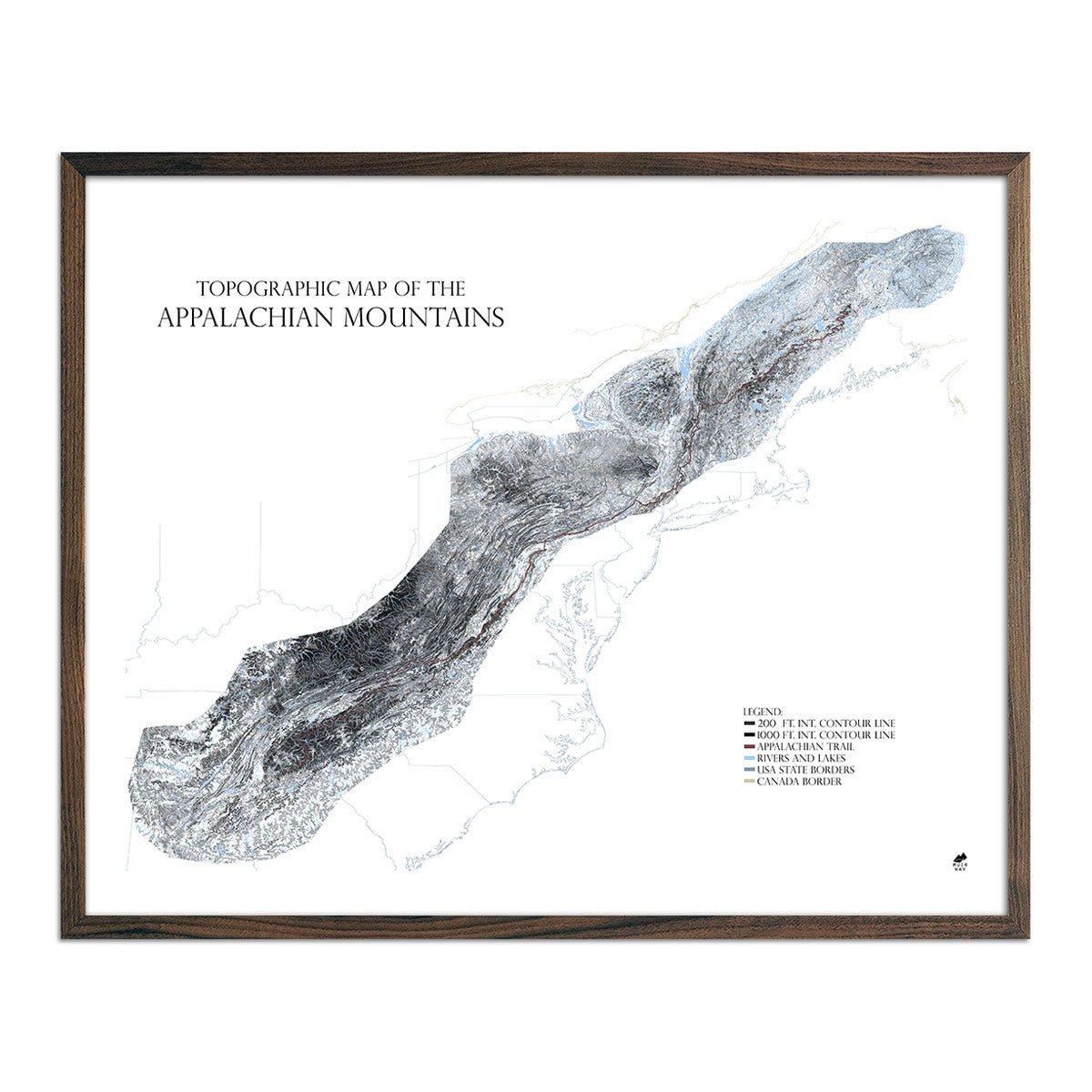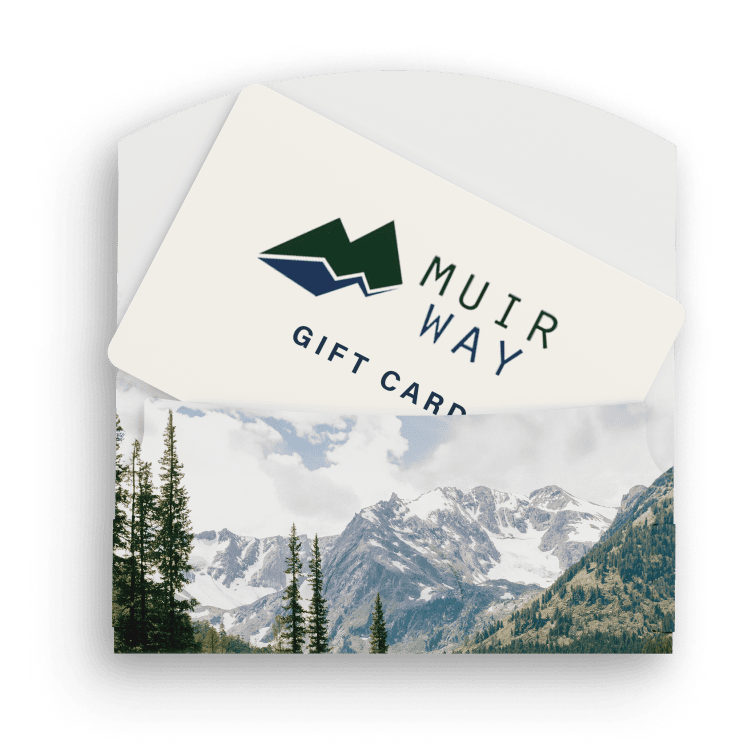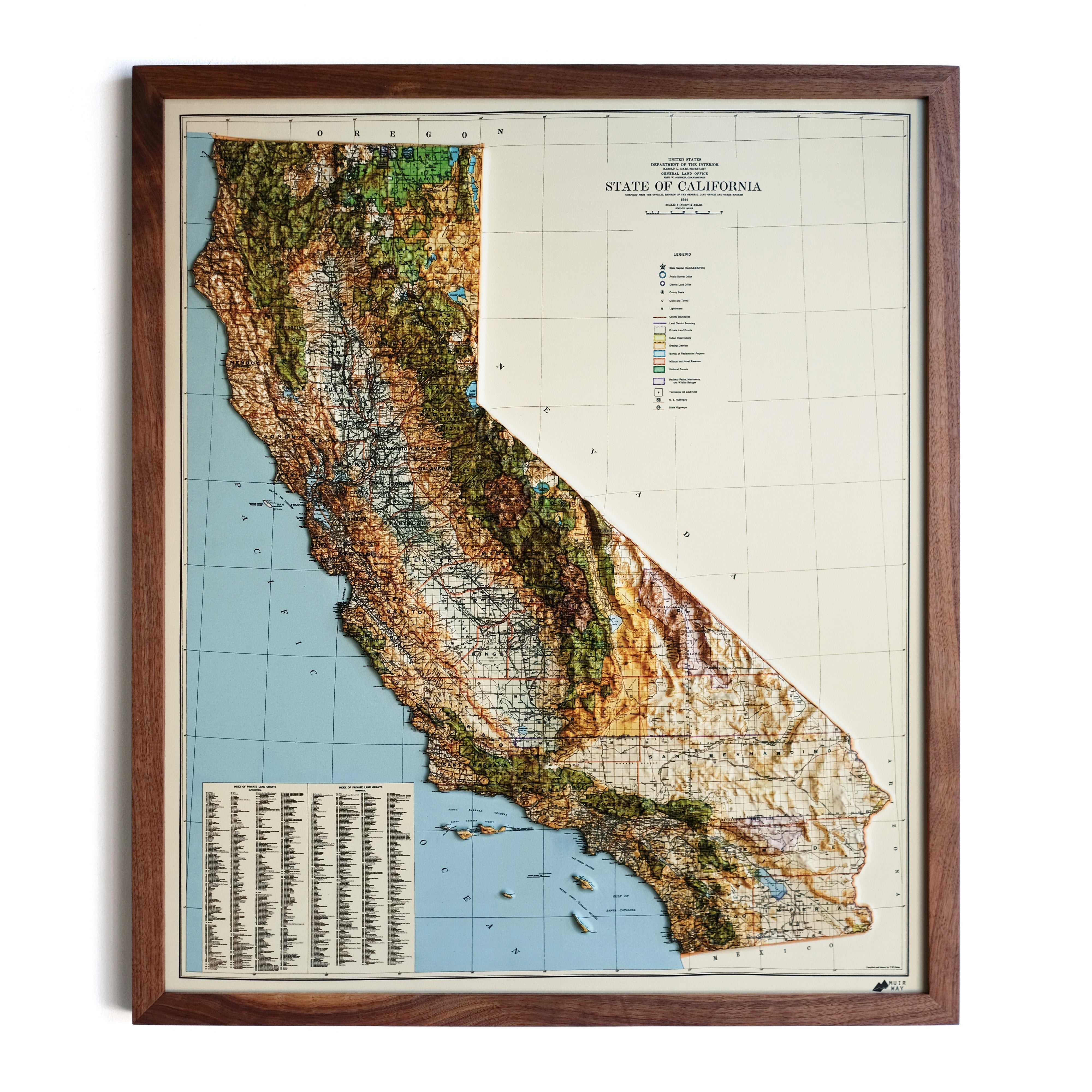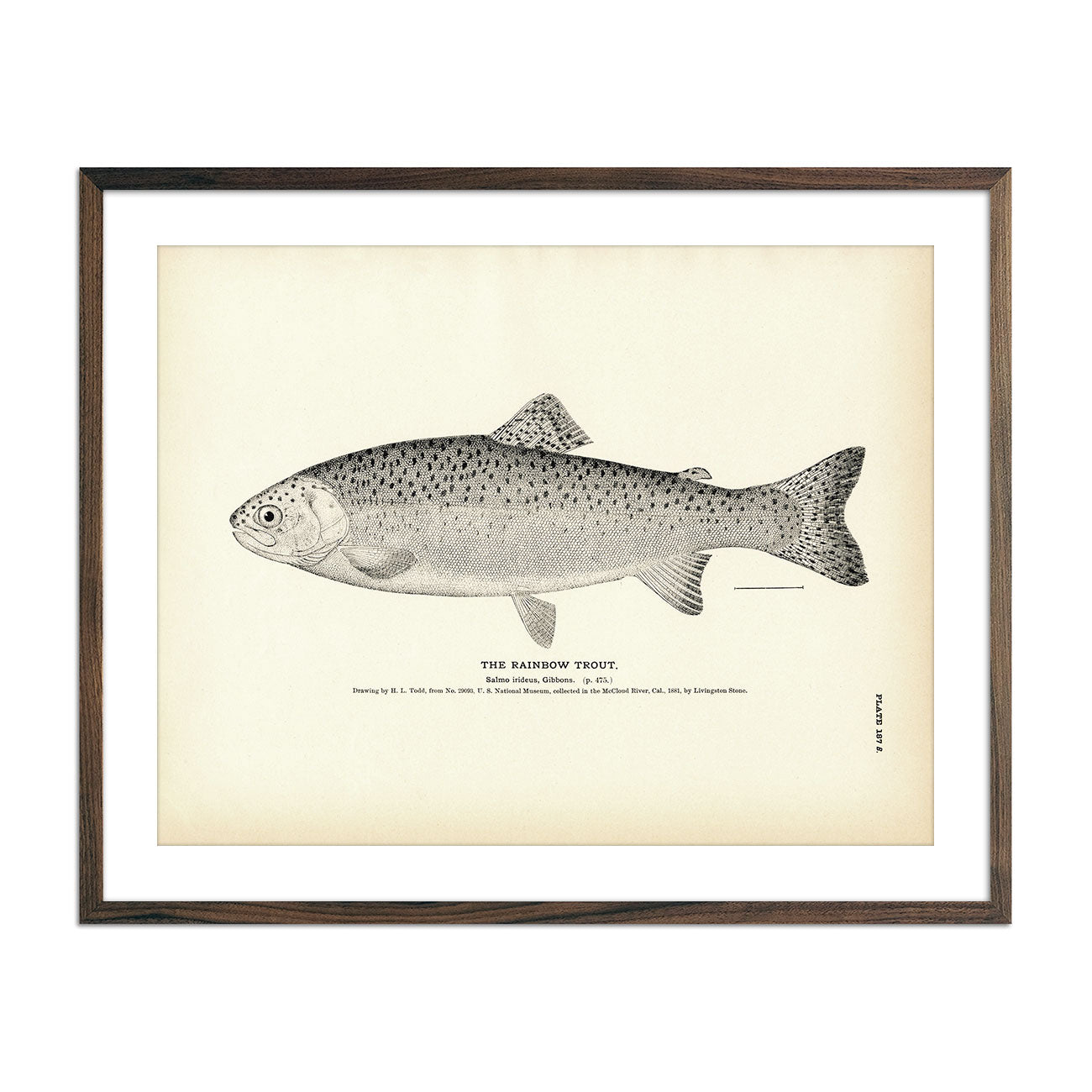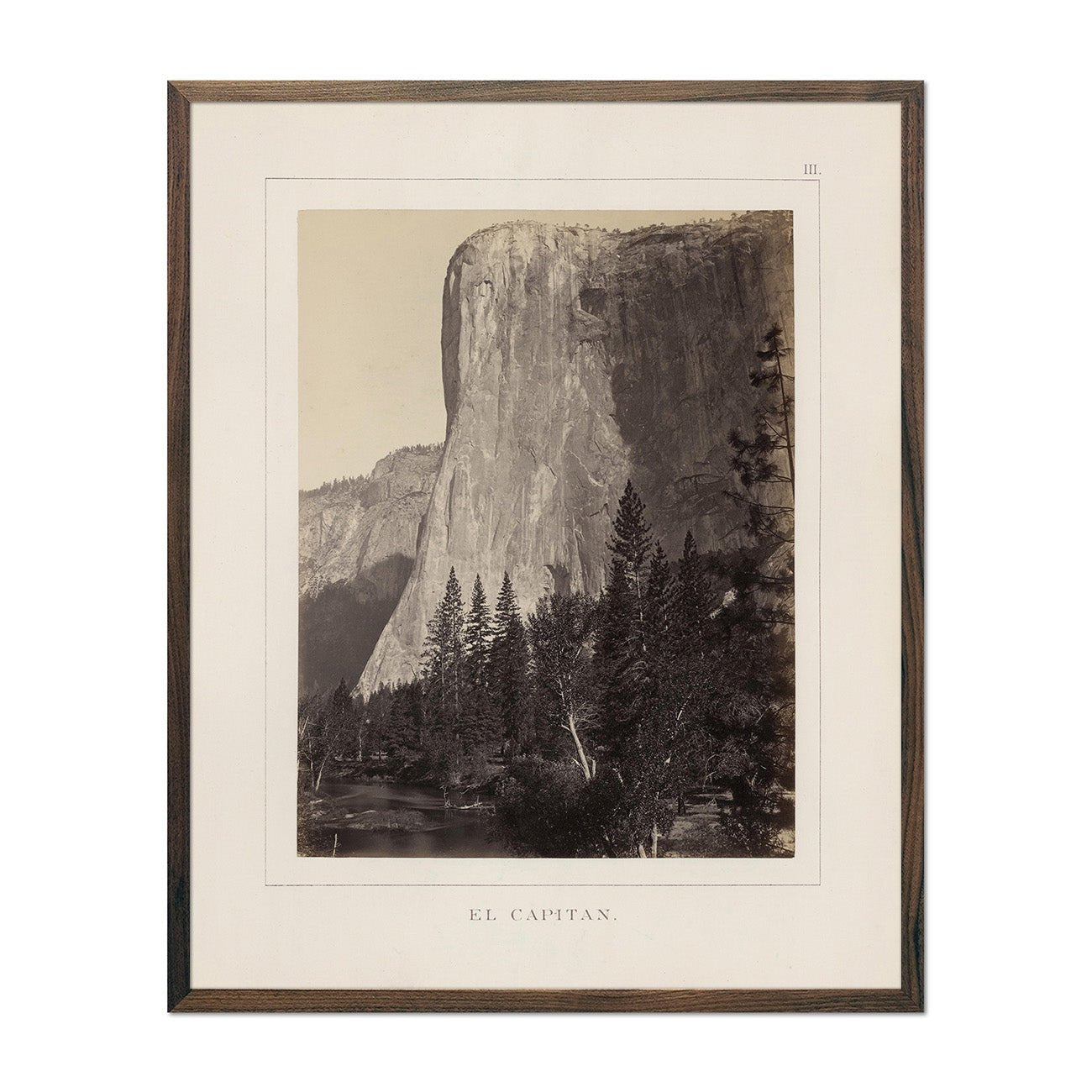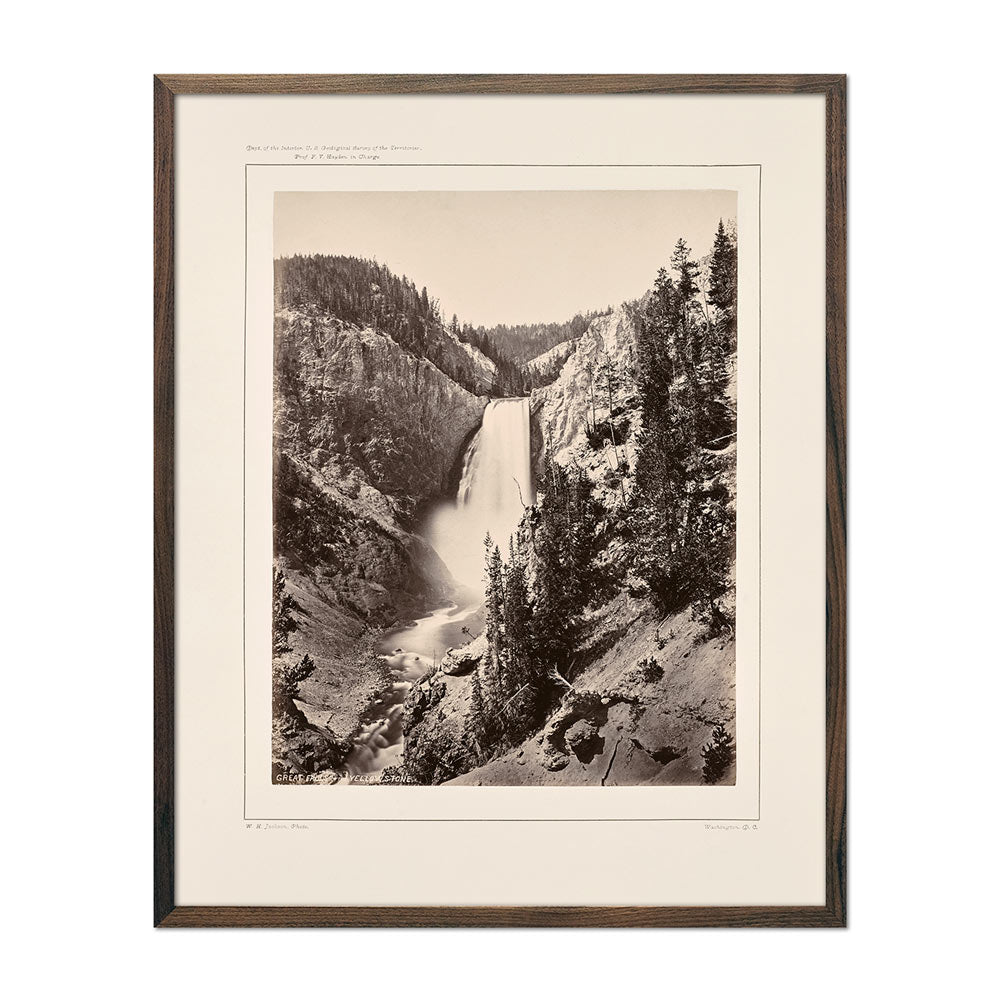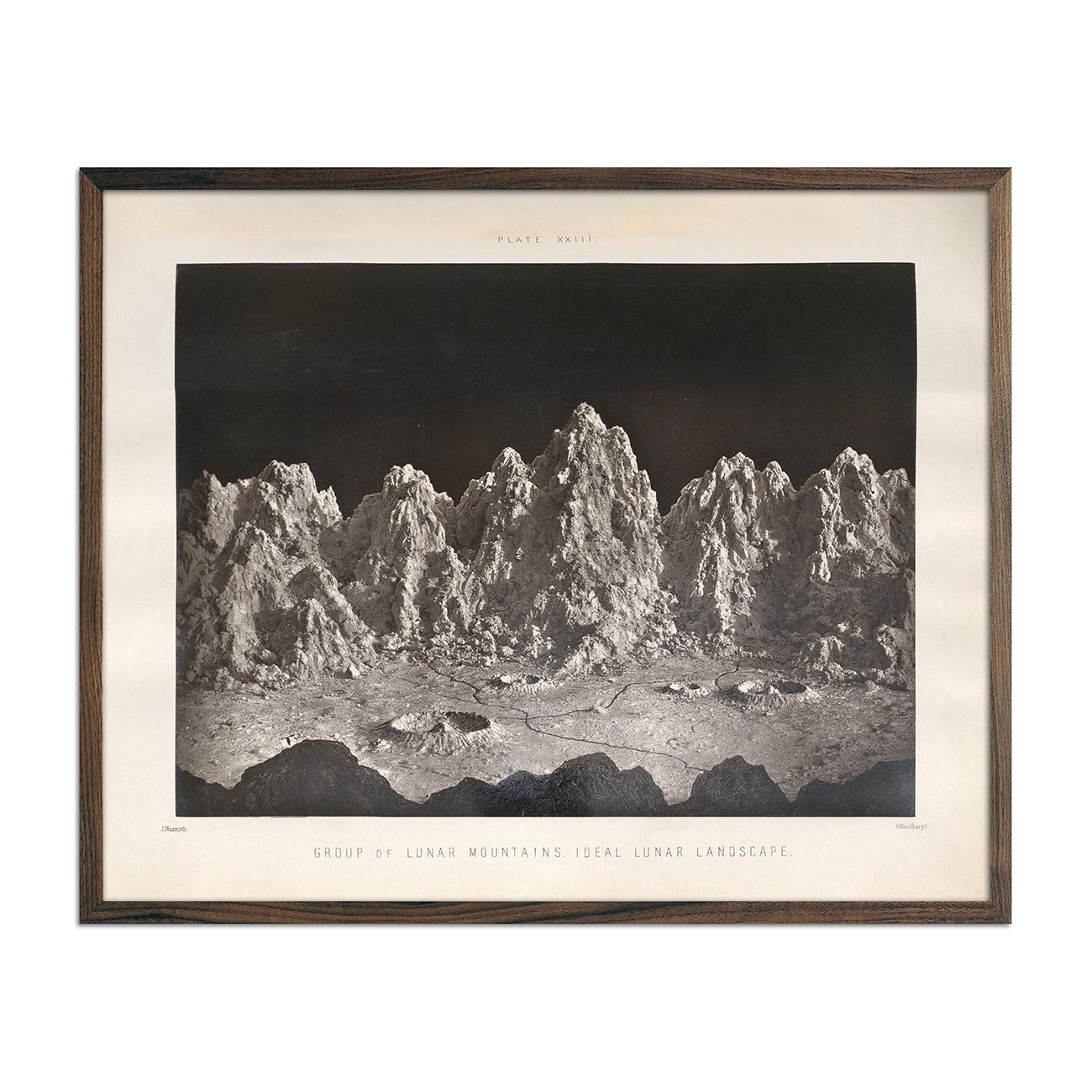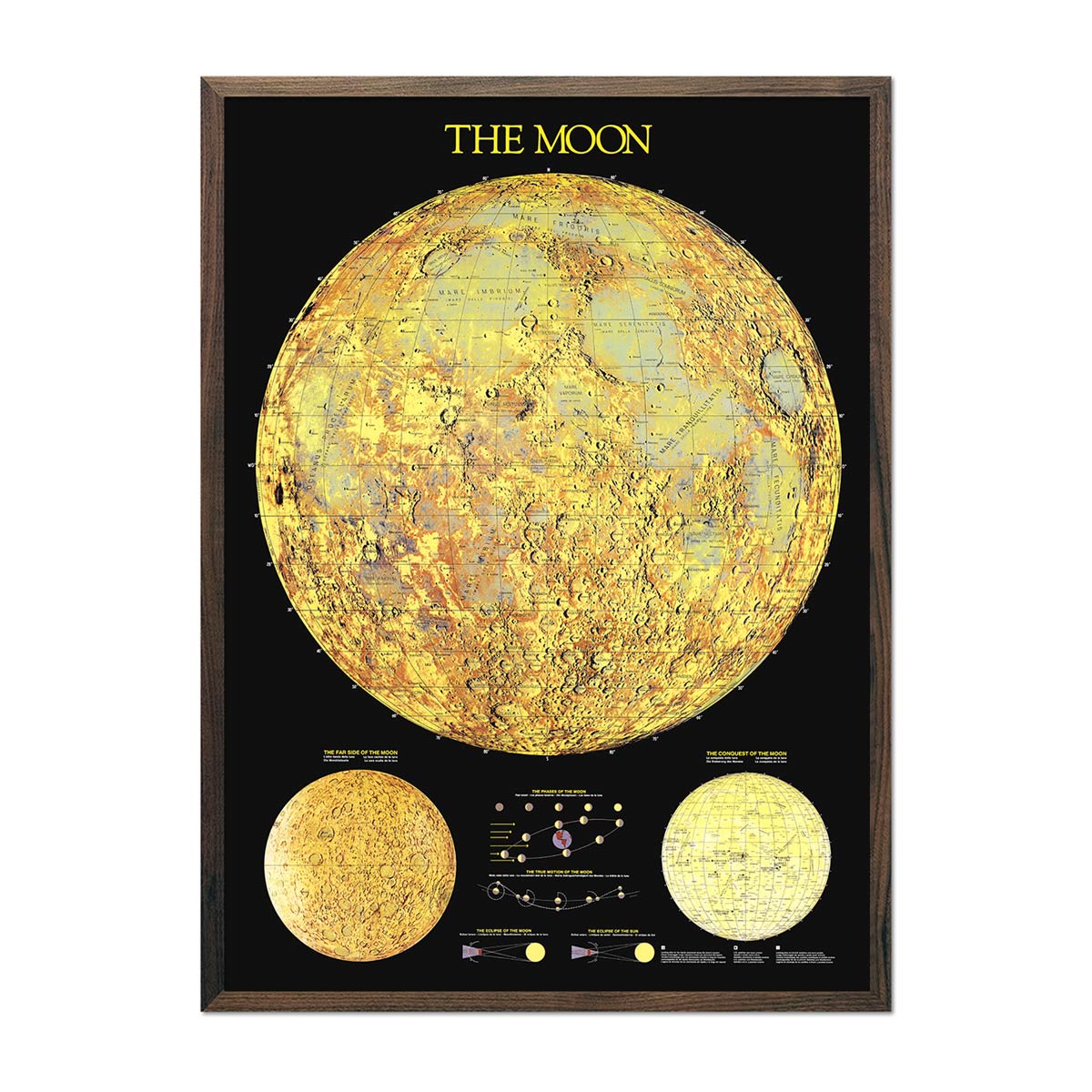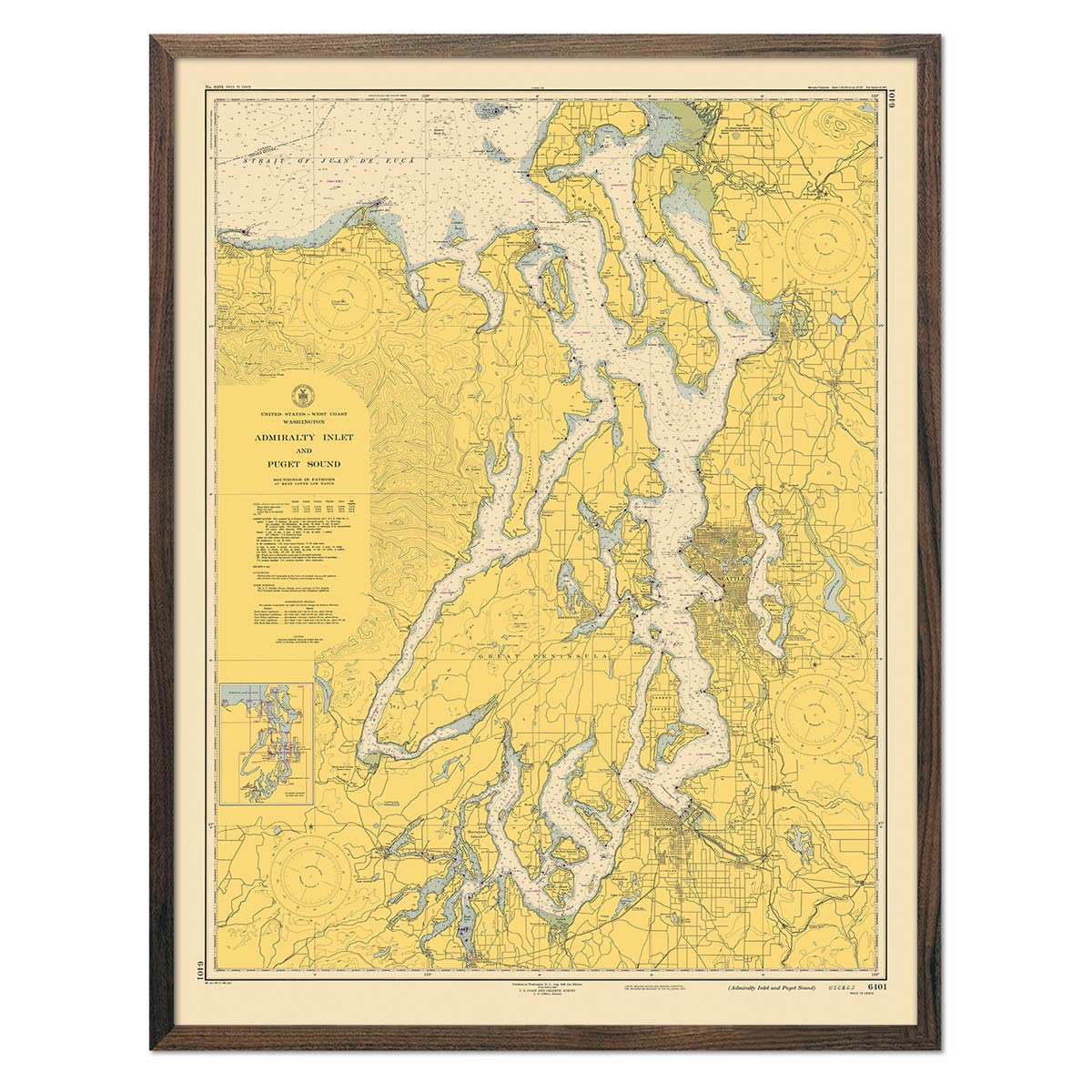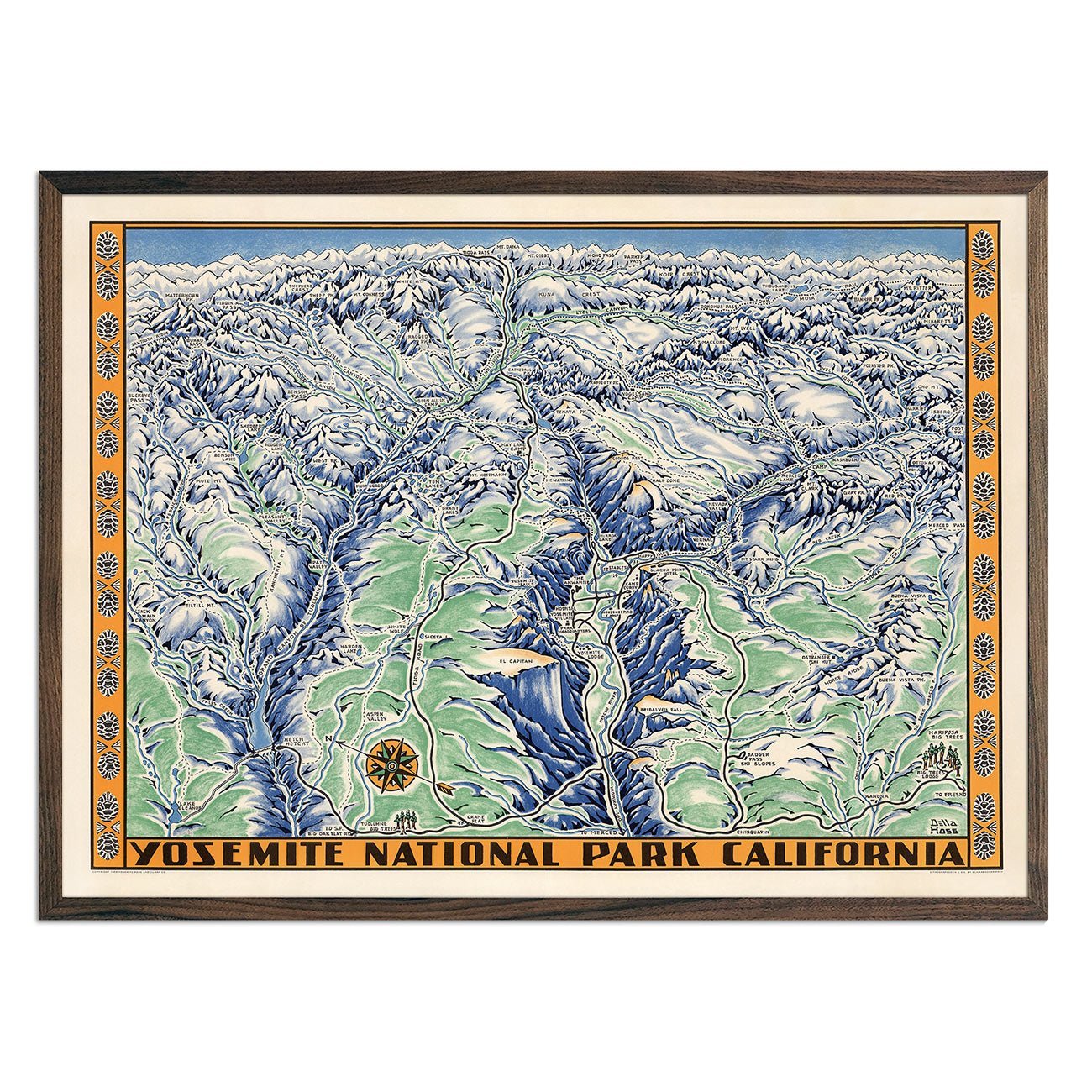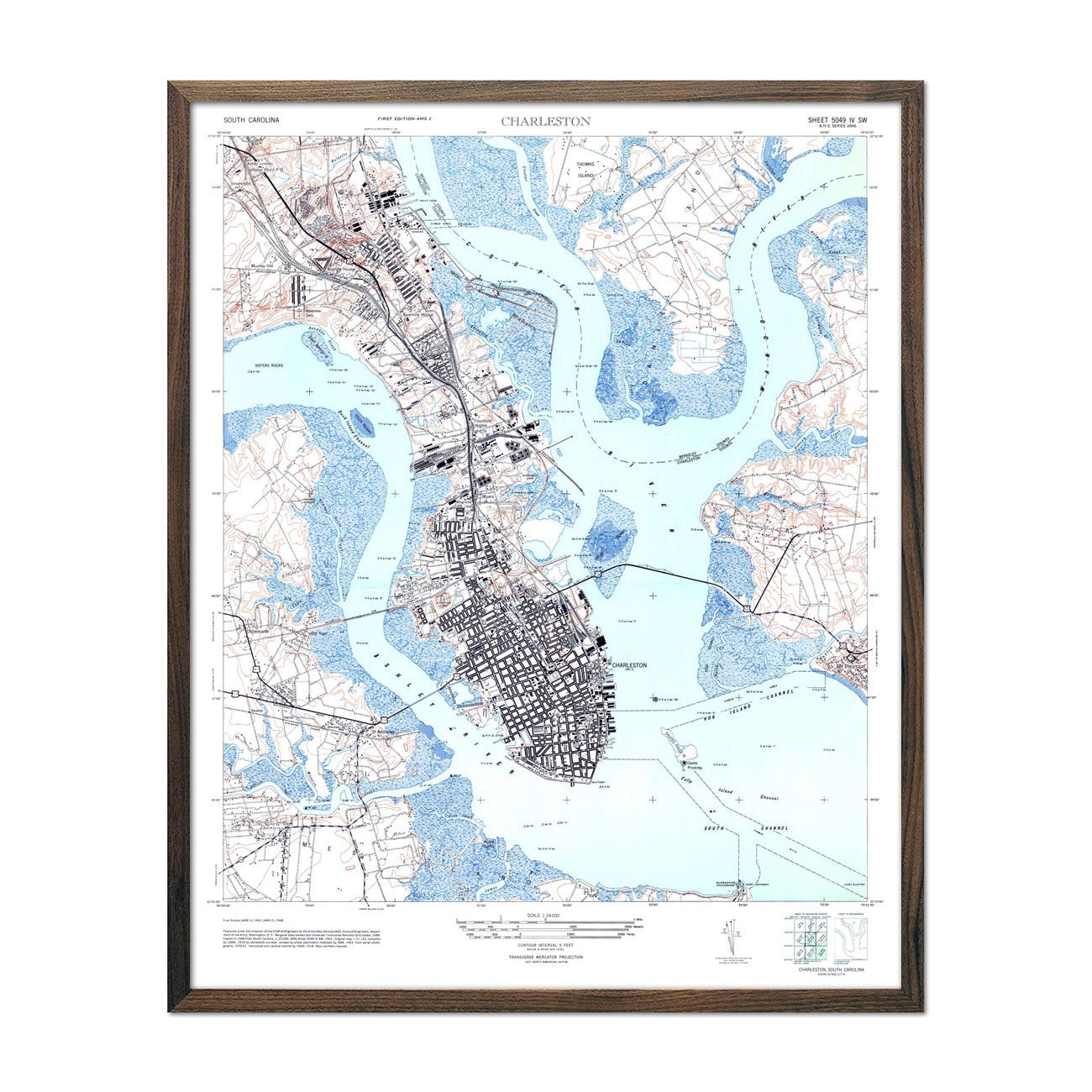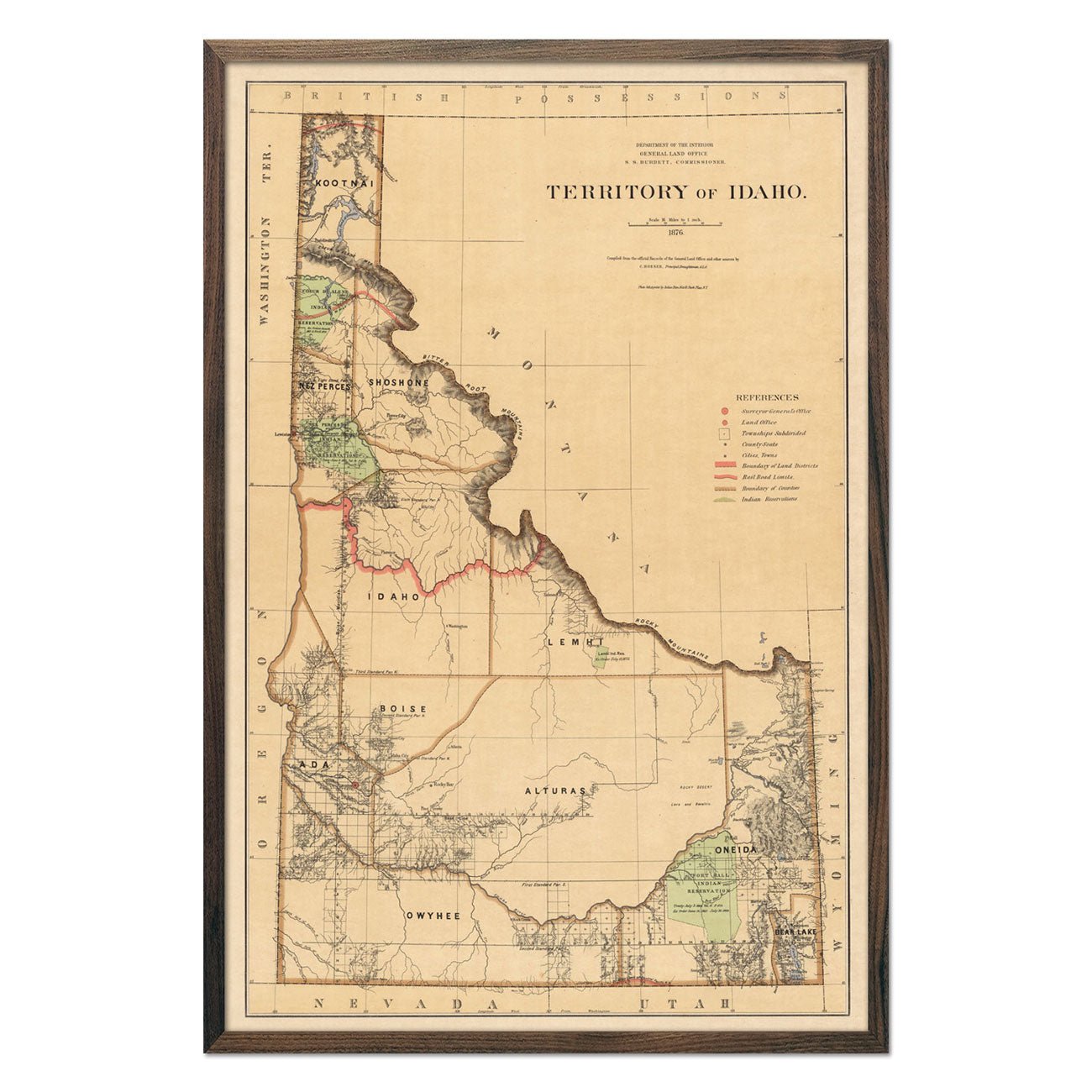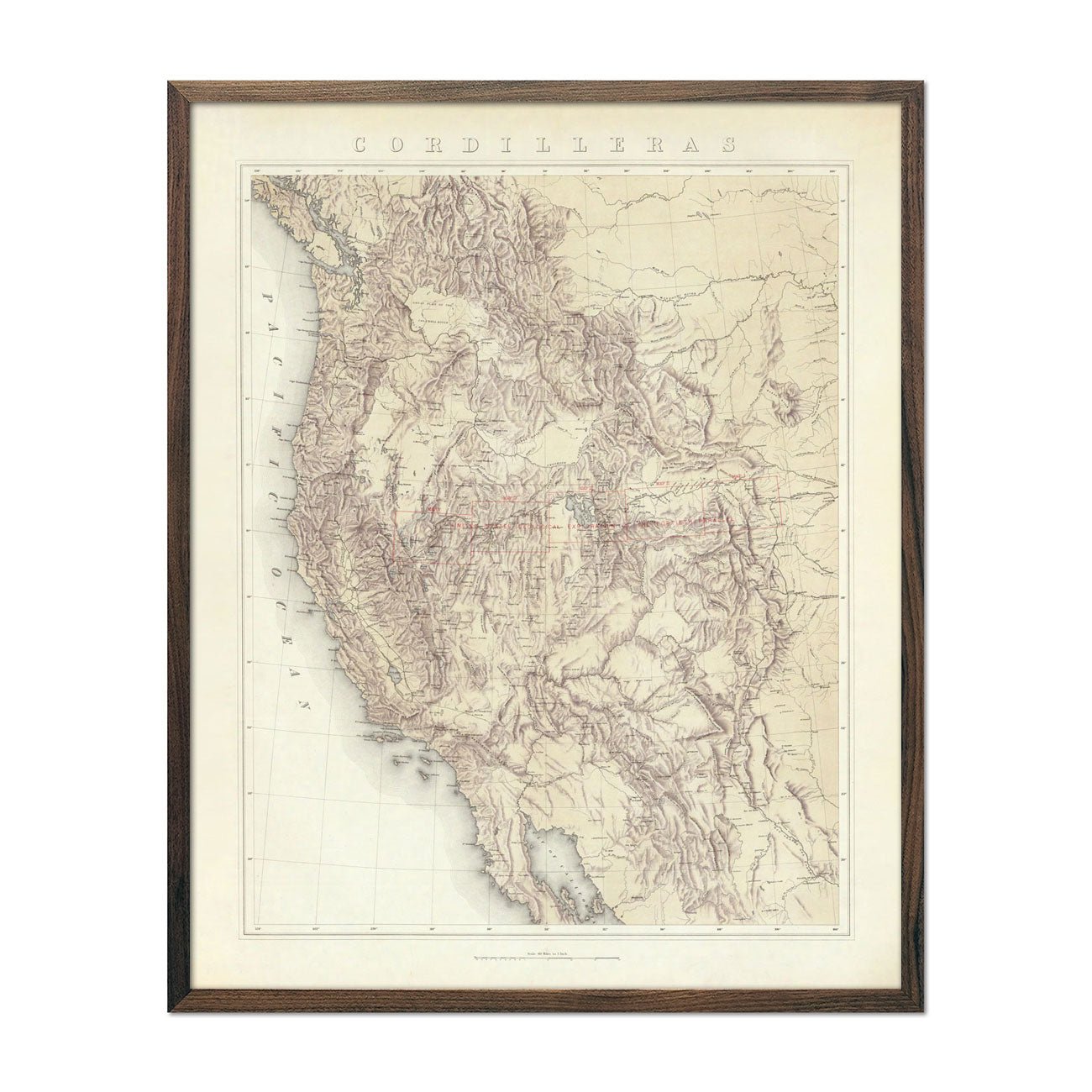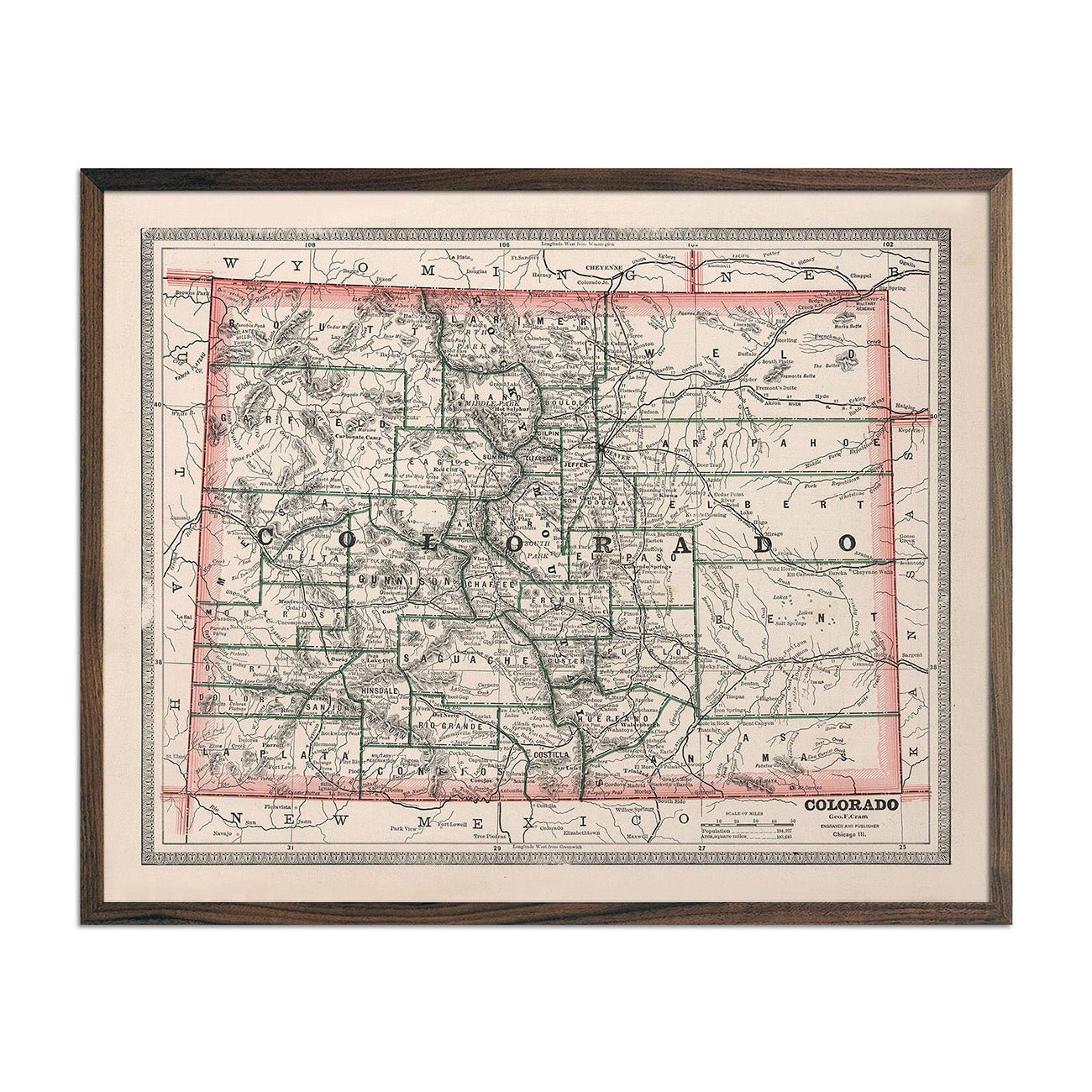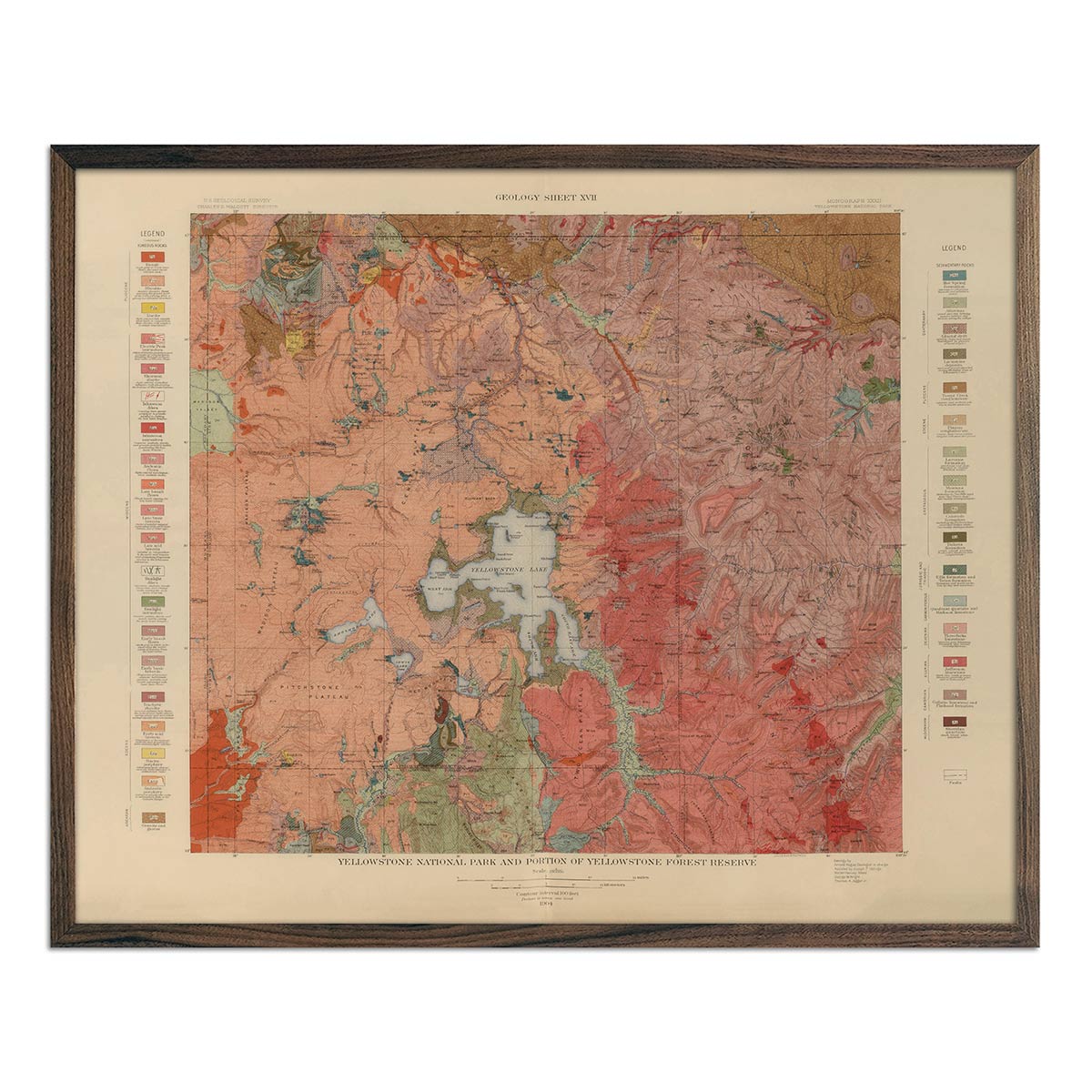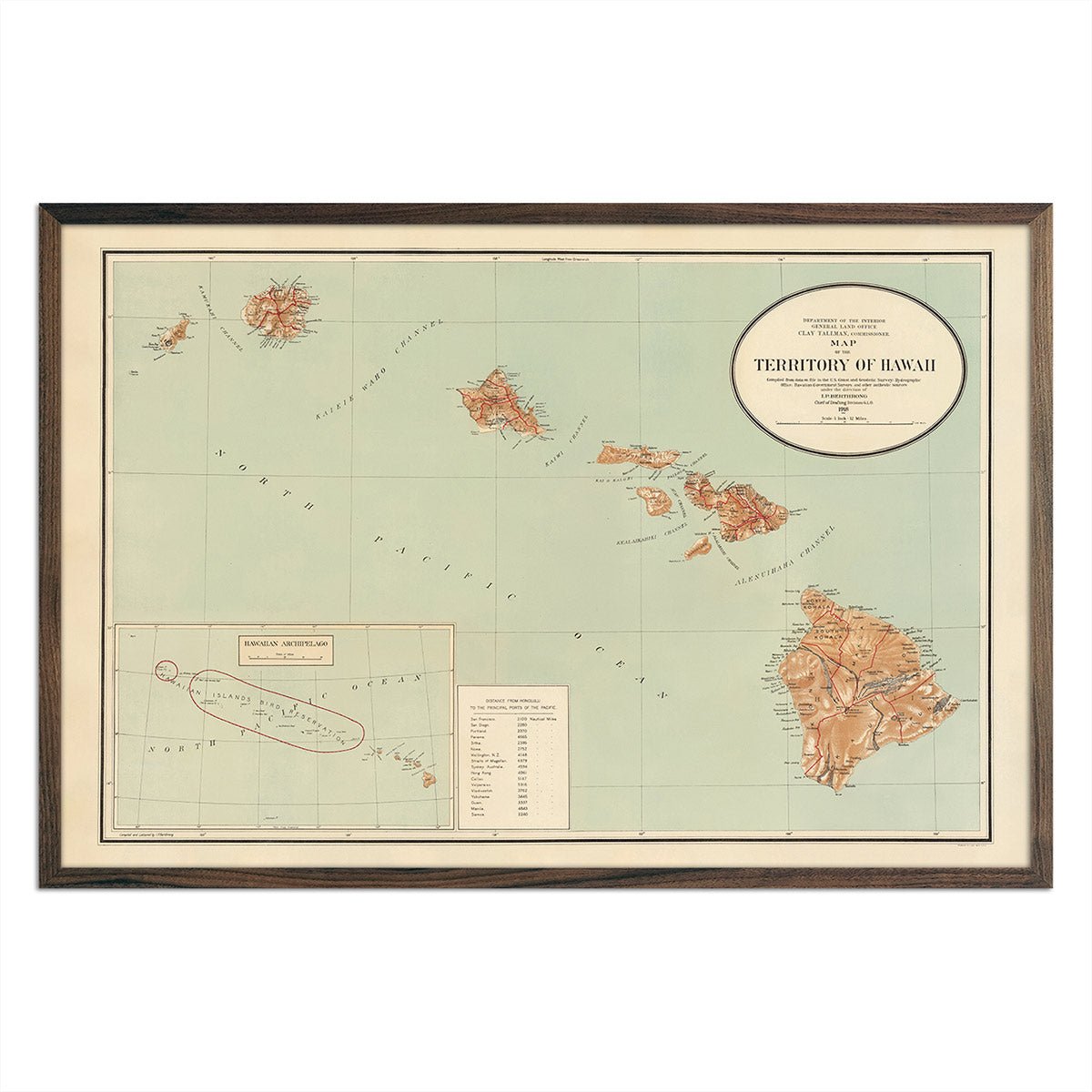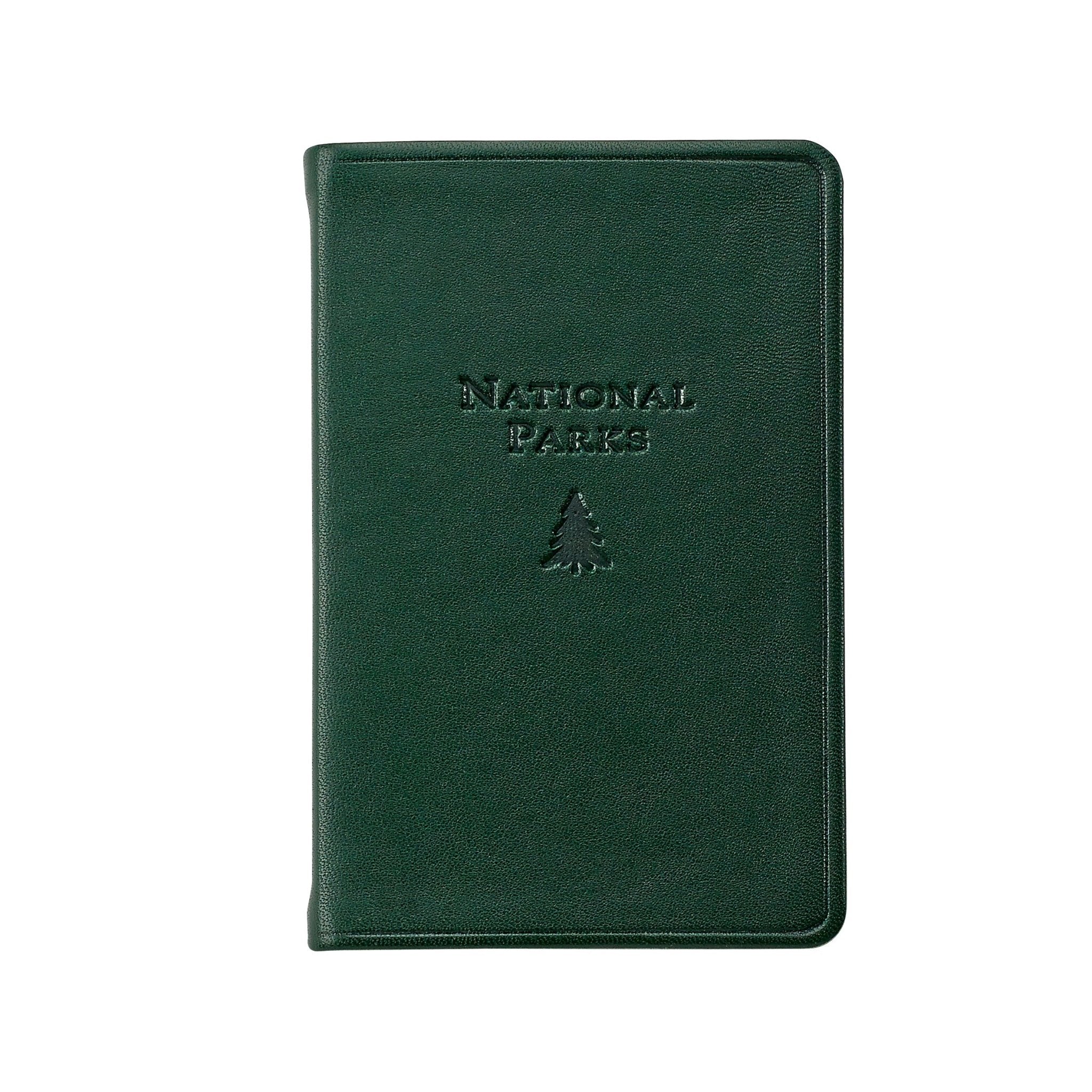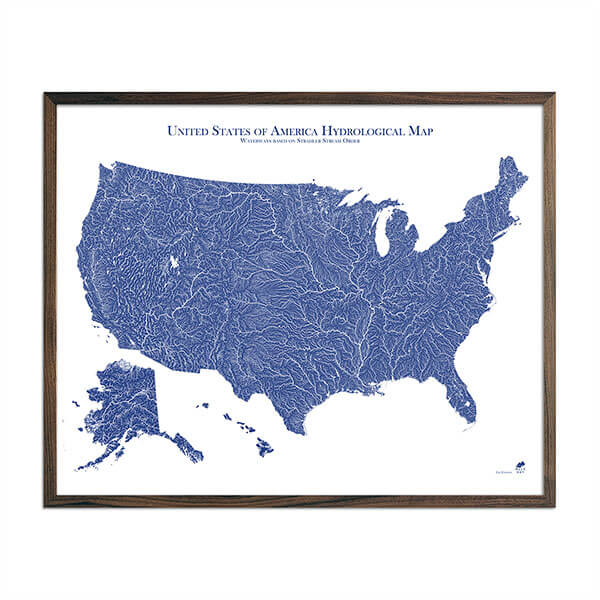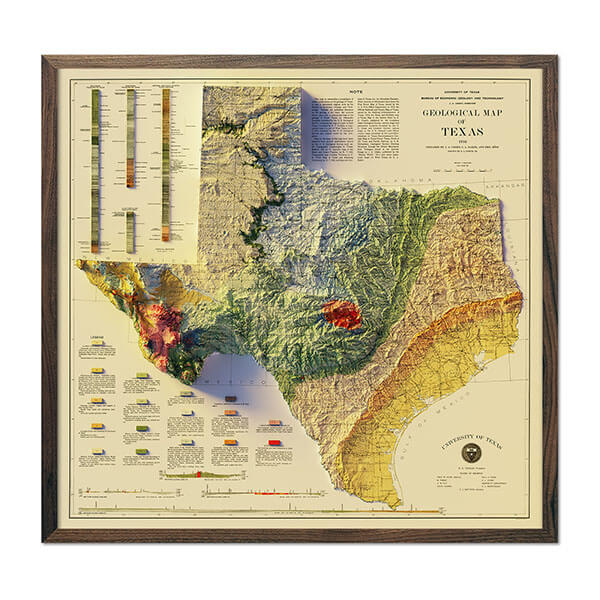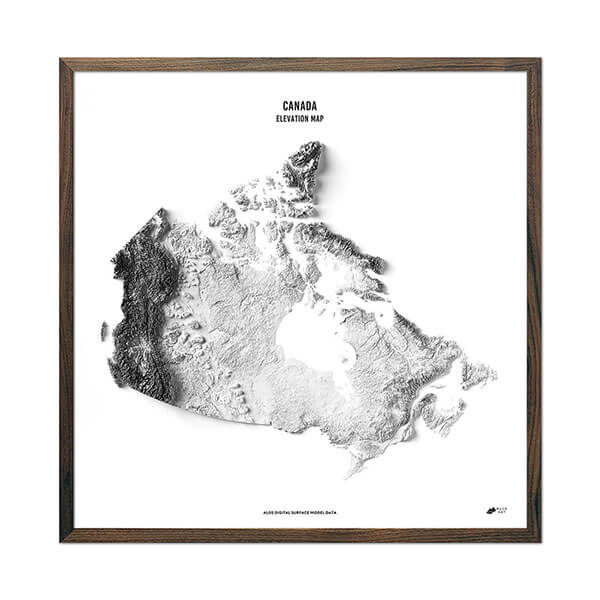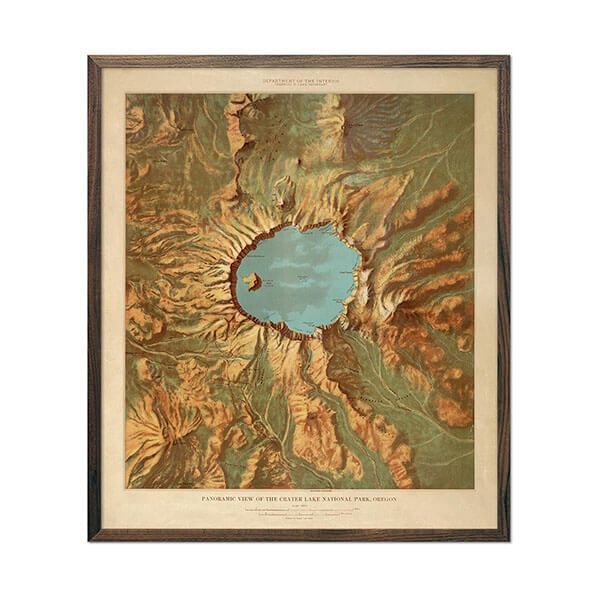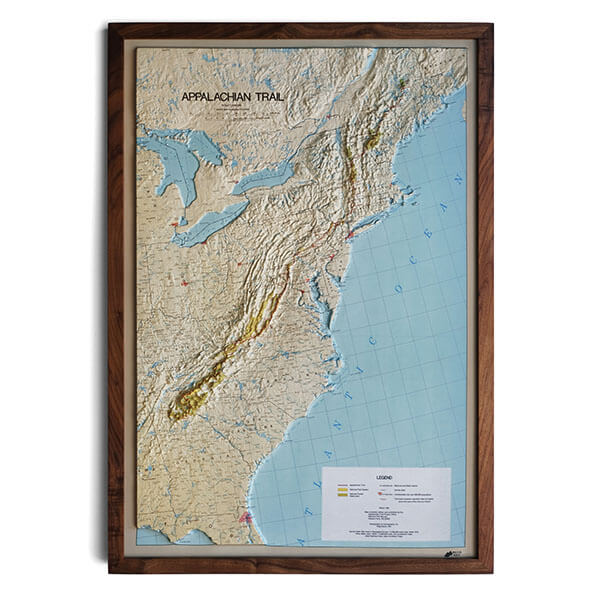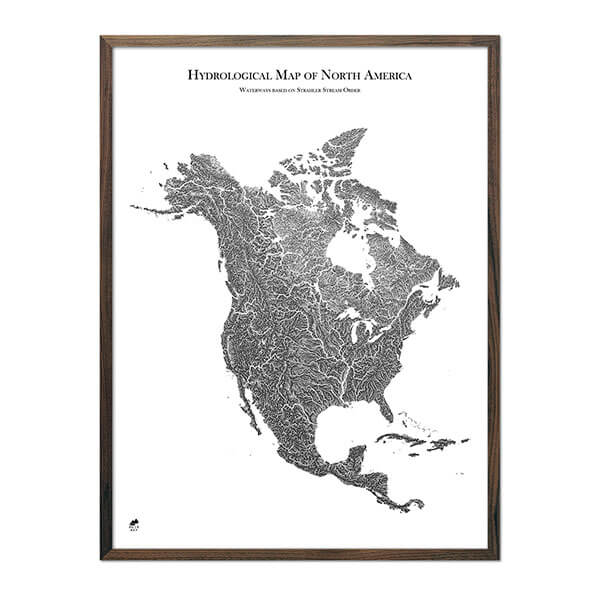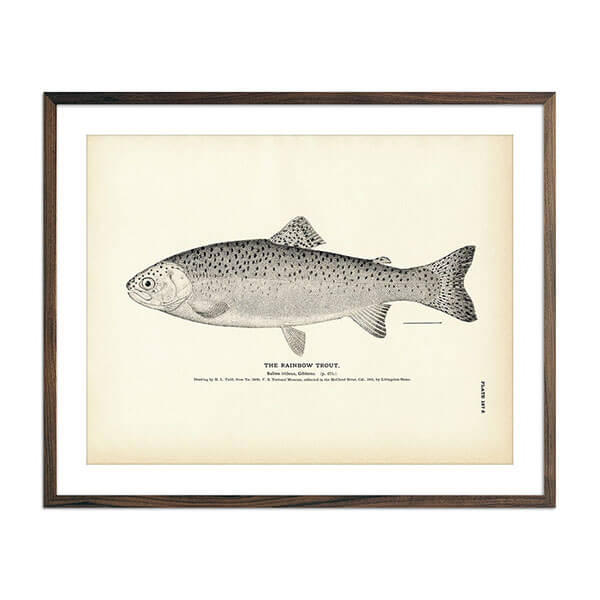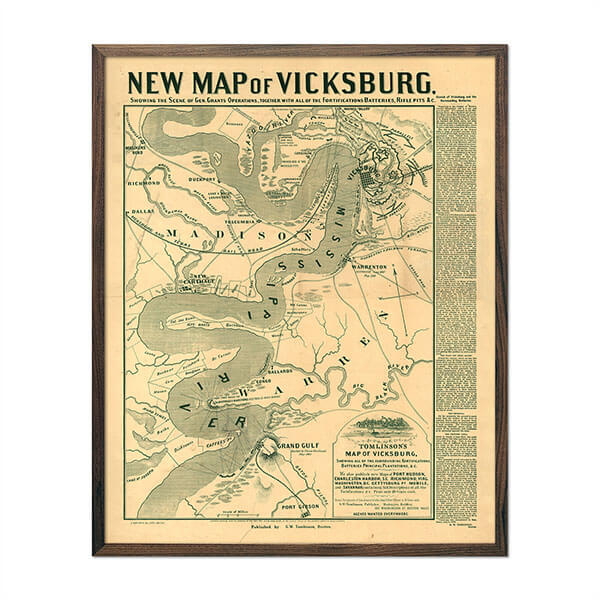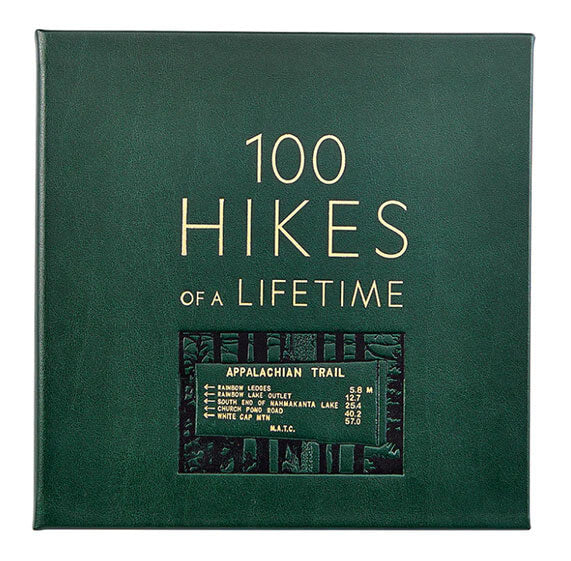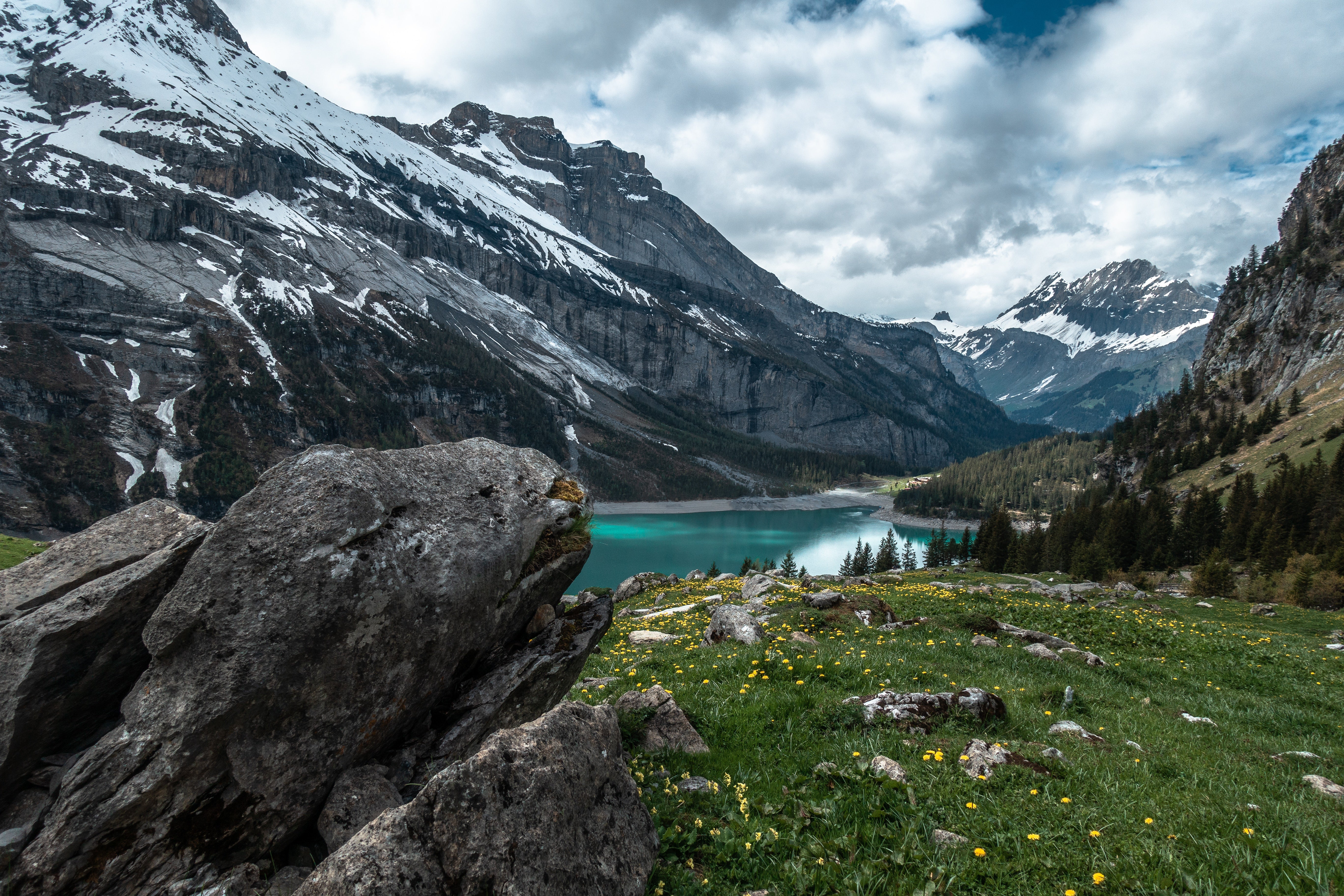Unleash your spirit of adventure as we guide you through one of nature's most majestic playgrounds in our comprehensive guide to visiting Rocky Mountain National Park.
Blessed with an enchanting array of landscapes, an abundance of wildlife, and countless outdoor activities, there's no shortage of memorable experiences waiting for you here. Sprawling across hundreds of thousands of acres, this is a must-visit gem in the heart of Colorado.
Whether you're an outdoor enthusiast, a dedicated photographer, a nature lover, or a family seeking quality bonding time, the park offers something to spark everyone's interest. The best way to see Rocky Mountain National Park, you ask? That's what we're here to help with.
We'll outline when to visit Rocky Mountain National Park, how to get there, and what to do to make the most of your trip.
From planning your itinerary to selecting the best trails for trekking, from stargazing under the clear night sky to capturing the stunning scenic beauty, this guide to visiting Rocky Mountain National Park will arm you with everything you need to know for an unforgettable journey.
Before we get into what to do in Rocky Mountain National Park, let’s talk about why this location belongs on your bucket list.
Why Visit Rocky Mountain National Park?

Whether you're seeking awe-inspiring vistas, thrilling outdoor activities, or unforgettable family adventures, this national park is the ultimate destination. Let's delve into why you need to put pen to paper and start planning a trip to rocky mountain national park.
Experience Breathtaking Natural Beauty
The moment you step into the Rocky Mountain National Park, you'll be enveloped in the sheer splendor of Mother Nature. Actually, before you’re even technically in the park, you’ll begin to get a sense of what keeps people coming back for more.
Over 415 square miles of pristine wilderness - or 265,807 acres sprawl before you when you set foot in the park. This vast landscape encompasses mountains, forests, and alpine meadows.
The park's vast expanse is home to 72 named peaks, with Longs Peak as its highest and most famous summit at 14,259 feet.
You can witness the power of glacial forces at work in the park's deeply carved valleys and cirques. Mountain lakes and streams sparkle in the sunlight, their crystal-clear waters reflecting the surrounding peaks.
Experience the breathtaking beauty of Rocky Mountain National Park during different seasons - vivid wildflowers in spring, lush greenery in summer, spectacular fall foliage in autumn, and enchanting snow-capped peaks in winter.
Your visit here will be a feast for your senses and a treasure for your soul. Whether you crave nature or are here to photograph it, you’re in for a real treat.
An Outdoor Enthusiast's Paradise
If you're an adventurer at heart, Rocky Mountain National Park is your playground. It offers over 300 miles of hiking trails, ranging from flat lakeside strolls to steep mountain peak climbs. You can trek through alpine meadows, cross rocky tundra, wander beneath tall pines, or hike along serene lakes.
For adrenaline junkies, there are opportunities for rock climbing, horseback riding, and even snowshoeing in the winter. The park's varied elevations and trails make it a prime location for mountain biking.
Anglers can enjoy the tranquility of fishing in the park's rivers and lakes. This park is undeniably the best way to satiate your thirst for adventure while basking in the splendor of the great outdoors.
A Perfect Family Destination
Visiting Rocky Mountain National Park is a perfect family venture, with a wealth of activities that children and adults alike will adore. Junior Ranger programs offer children a chance to learn about nature and conservation, while ranger-led educational programs captivate audiences of all ages.
The park's abundant wildlife, including elk, bighorn sheep, mule deer, and numerous bird species, promises exciting viewing opportunities for the whole family.
And at the end of an exhilarating day, there's nothing quite like camping under the stars in the park's well-equipped campgrounds. Roasting marshmallows around a fire, sharing stories, and creating lifelong memories - these are the moments that truly make a family vacation special.
As you prepare for your trip, remember that planning a trip to Rocky Mountain National Park offers a unique blend of adventure, learning, relaxation, and unforgettable experiences.
How to Visit Rocky Mountain National Park: When to Go & How to Get There

To help you make the most of this trip, we’ll guide you through when to visit Rocky Mountain National Park and how to actually get there. Then, we’ll get to the fun part in this travel guide: what to do in Rocky Mountain National Park.
When to Visit Rocky Mountain National Park
Choosing the best time to visit Rocky Mountain National Park depends largely on your preferred activities and your tolerance for crowds. The park is open year-round, each season offering its unique charm and experiences.
During the summer (June to August), the park teems with life. Wildflowers bloom, wildlife is active, and all trails and park facilities are open. This is also the busiest time, with visitors flocking to enjoy the beautiful weather and stunning scenery. As such, you’ll deal with crowds and higher costs for accommodations/flights.
The spring (April to May) and fall (September to October) are less crowded, offering a tranquil experience. Fall, particularly, is spectacular, as the aspen trees turn a golden hue. Hiking and wildlife viewing are excellent during these seasons, though some higher-elevation trails may be closed due to snow in the spring.
Winter (November to March) is a magical time in the park, ideal for those who love winter sports. Snowshoeing, cross-country skiing, and winter wildlife viewing are popular, with fewer crowds to contend with. With that said, you will have to be a true outdoor enthusiast to camp in the freezing wilderness - or you’ll have to have indoor accommodations nearby,
So, in planning a trip to Rocky Mountain National Park, think about the preferences you and your group have for the experience. From there, it’s just a matter of determining which season aligns with those goals! Now, let’s talk about how to get to Rocky Mountain National Park.
How to Get to Rocky Mountain National Park
Nestled in the heart of the American West, Rocky Mountain National Park is located in the north-central region of Colorado. The park stretches across the Continental Divide, a massive mountain ridge that serves as a natural dividing line for the waters of North America.
Roughly a 1.5-hour drive from Denver, the state's capital, you can fly into the public airport and rent a car to get to the park.
Of course, if you’re planning to make the drive from home, there are a multitude of routes you can take. The park is well-connected to major highways. You can take US-36 W or US-34 W, both offering stunning views as you make your way in. Just put your actual destination within the park into your GPS and see where it takes you!
Now that you know when to visit Rocky Mountain National Park and how to get to Rocky Mountain National Park, we’re ready to discuss what to do in Rocky Mountain National Park.
What to Do in Rocky Mountain National Park: Advice on Planning a Trip You’ll Never Forget

It’s finally time to get to the fun part of our Rocky Mountain National Park guide. We’ve briefly touched on what to do in Rocky Mountain National Park, but below we’re going to offer some specific recommendations to help you start planning a trip you’ll never forget - and one you’ll want to replicate year after year.
Because there are more than 355 miles of trails meandering through the stunning wilderness, let’s start our conversation on what to do in Rocky Mountain National Park with some hiking recommendations.
Trekking Through the Trails
Prepare to lace up your hiking boots and embark on an unforgettable journey, as the best way to see Rocky Mountain National Park is undoubtedly on foot. You can explore towering peaks, serene alpine lakes, and lush meadows, with a path for every level of experience.
The Bear Lake Trail is ideal for families and beginners, offering a gentle path with mesmerizing views. But our recommendation for the best hike in the park is Mt. Ida - and it comes down to the views you’re rewarded with upon reaching the summit. They’re simply mesmerizing - with panoramic views as far as your eyes can see.
For those seeking a greater challenge, the hike up to Longs Peak, the park's tallest mountain, promises an exhilarating adventure and panoramic vistas that will etch themselves into your memory. If you want something a bit less daunting while still challenging yourself, Hallett Peak is an excellent alternative.

A few other honorable mentions include Chapin-Chiquita-Ypsilon, Chasm Lake, Sky Pond, Emerald Lake, Bluebird Lake, Deer Mountain, Keyhole, and the Ute Trail.
There are countless other hiking trails worth pondering as you round out your itinerary. You can also consider letting an expert guide you through the park rather than doing it solo. There are all sorts of guides who do this for a living and can help you see and experience the park to the fullest.
In our opinion, this is the best way to see Rocky Mountain National Park. But we also recognize that there is nothing quite like heading out into the open wilderness with nothing but your loved ones and a map - so you’ll have to weigh the pros and cons of both choices.
Wildlife Viewing Opportunities
Maybe you’re here reading this guide because you were wondering what to see in Rocky Mountain National Park beyond its stunning landscapes. And as you may already know, the park is also a wildlife enthusiast's paradise.
Imagine spotting a majestic elk grazing in a meadow, or catching a glimpse of a moose as it ambles through a stream. These are experiences that are more common than you think if you get your timing right for the trip - despite the fact that some will go their whole lives without this opportunity.
Keep a respectful distance (75’-125’) and a keen eye, and you might even spy a black bear or bighorn sheep. For spotting larger mammals, we suggest taking your trip during mating season - which is typically during the fall rut. Travelers often report hearing the haunting bugle of bull elk as they vie for the attention of their female counterparts.

For birdwatchers, the park boasts over 280 recorded bird species, making it an avian haven. Be sure to bring your binoculars and field guide - as there are all sorts of species to take in, from Steller's jays and Clark's nutcrackers to raptors such as golden eagles and peregrine falcons.
Remember, patience is key when it comes to wildlife viewing. The waiting will be worth it when you have the pleasure of seeing these majestic beasts and cute critters in their natural habitats. Morning and evening are typically the best times for wildlife sightings, as many animals are most active during these cooler parts of the day when there is also less human activity.
Camping Under the Stars
As twilight falls and a blanket of stars unfurls above, you'll discover another side of the park's magic. Camping in the park will allow you to unwind with nature, making memories around the campfire with the people who matter most to you.
Whether you’re toasting marshmallows or enjoying good drinks, telling stories or playing games, this is the perfect way to bask in all the park has to offer.
With five campgrounds and 570 campsites, camping in Rocky Mountain National Park is an experience that unites you with nature. Three of these campgrounds are open year-round, and most are located by Estes Park. Choosing the right one comes down to what you plan on doing throughout your visit.
For instance, Moraine Park Campground offers easy access to trailheads and fantastic wildlife viewing opportunities. Glacier Basin Campground is a great option for those keen to explore the eastern side of the park.
If you plan to explore the western side of the park, you’ll stay at Timber Creek Campground - which offers stunning views of the Never Summer Mountains.

You'll need to make reservations in advance, as sites can fill up quickly, especially during the peak summer months.
The park's altitude means that it can get chilly at night, even in summer, so pack appropriate gear. Ensure you have a sturdy tent, warm sleeping bag, camping stove, and plenty of food and water. Remember, this is bear country, so you'll need to store your food in a bear-proof container or hang it from a tree at least 10 feet off the ground.
Educational Programs and Visitor Centers
Visit one of the park's visitor centers to deepen your understanding of this extraordinary environment. Park rangers lead a host of educational programs, from guided nature walks to engaging evening talks.
For families, the Junior Ranger program offers interactive activities to introduce young explorers to the wonders of the park in an engaging way. Don't miss the opportunity to uncover the rich history, geology, and ecology that make this place so special.
While experiencing your Rocky Mountain National Park trip on your own is a good opportunity to be present on your own and get some much-needed “you time”, you’ll miss out on so much if you don’t make time to learn from the experts about what makes this magical destination so special.
Photographing the Scenic Beauty

Whether you’re just looking to show off pictures to friends and family back home or you’re an avid photographer looking to capture your next award-winning photo, the park is a canvas of endless inspiration.
Dawn and dusk are the golden hours, casting a warm, ethereal light over the landscapes. Whether it's the dramatic crest of the Continental Divide, the enchanting Dream Lake at sunrise, or the spectacular autumn colors of the aspens, every corner of the park offers extraordinary photographic opportunities.
Wrapping Up Our Guide to Visiting Rocky Mountain National Park
Planning a trip to Rocky Mountain National Park is an invitation to step into a world of untamed beauty. As you anticipate these experiences, remember that every journey into this park offers unique moments that will stay with you long after your visit.
And, of course, once you've basked in the park's majesty, why not bring a piece of it home? At Muir Way, we offer a range of beautifully crafted Rocky Mountain National Park maps, perfect as a keepsake to remember your trip by.
Our full selection of National Park maps is worth exploring. But, check out our Rocky Mountain National Park maps specifically if you’re in the midst of planning your adventure. Whether you’re looking for a Rocky Mountain National Park Shaded Relief map or a more simplified Rocky Mountain map poster, we’ve got something special for you.
These works of art will inspire you to put pen to paper today and start figuring out the logistics of visiting Rocky Mountain National Park. We also have a full selection of Relief and Topographic maps of Colorado itself to add to your collection, along with collections featuring 1883 maps of the US states, relief maps, US mountain ranges maps, and more.
With all this said, it’s time to wrap up our Rocky Mountain National Park guide. We’ve talked about what to do in Rocky Mountain National Park, how to get there, when to go, and of course, the best way to see Rocky Mountain National Park. At this point, there’s only one thing left to do - take what you’ve learned today and put together a trip of a lifetime.

